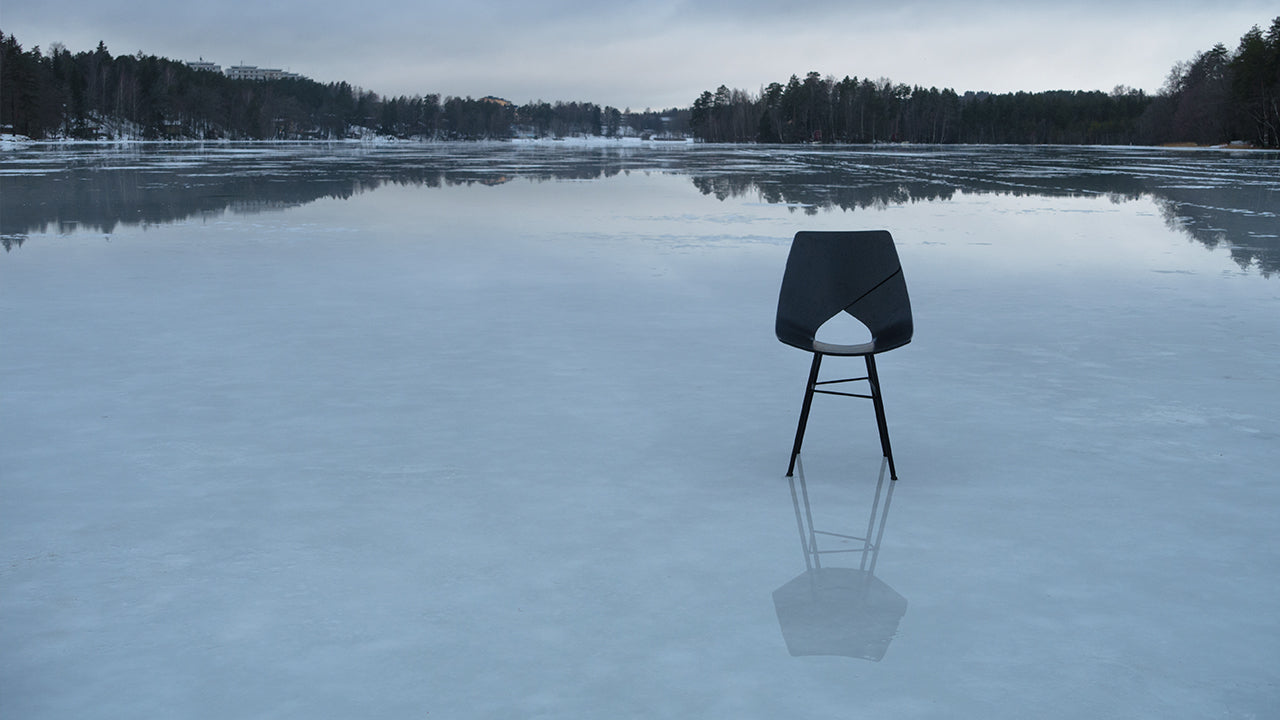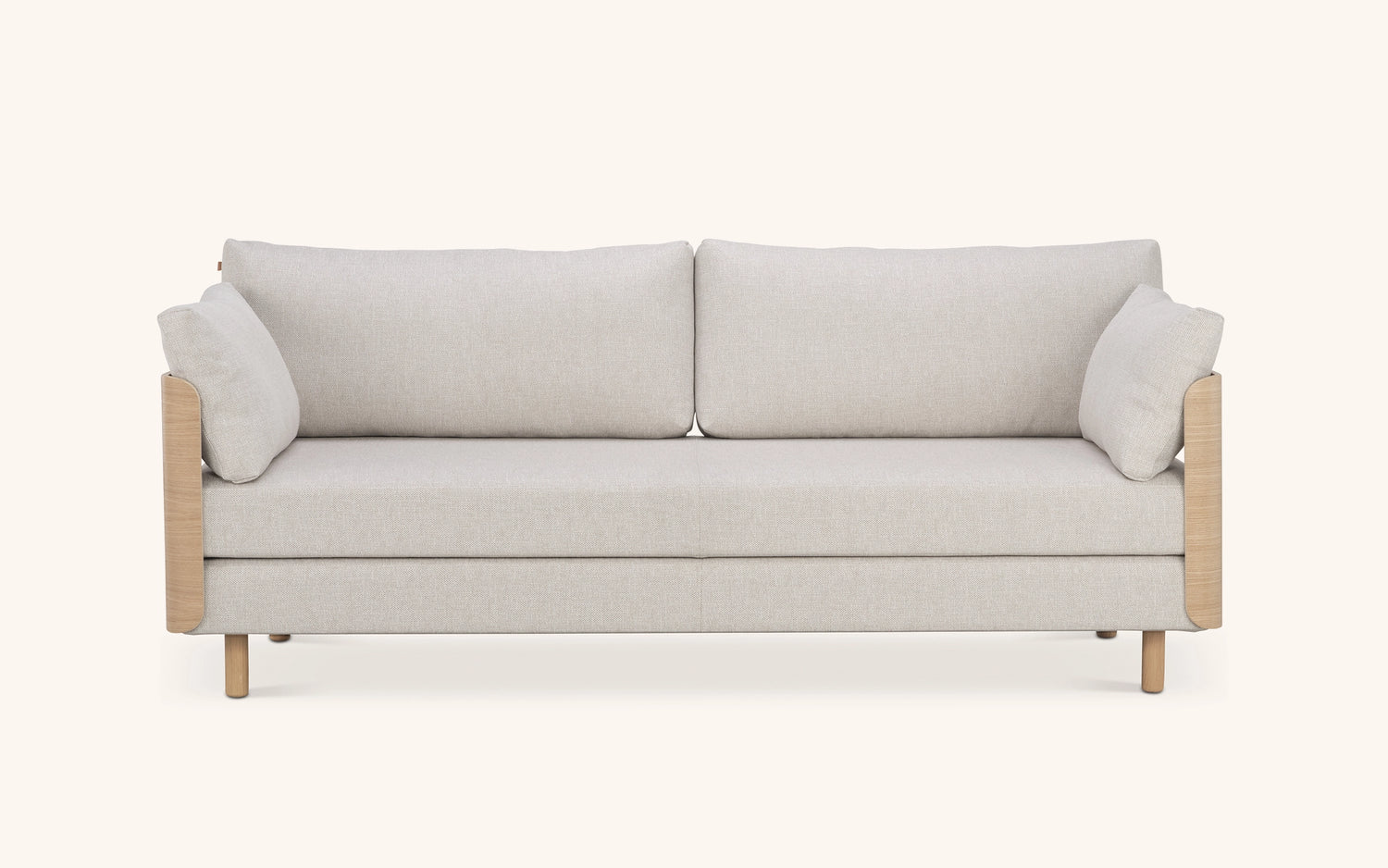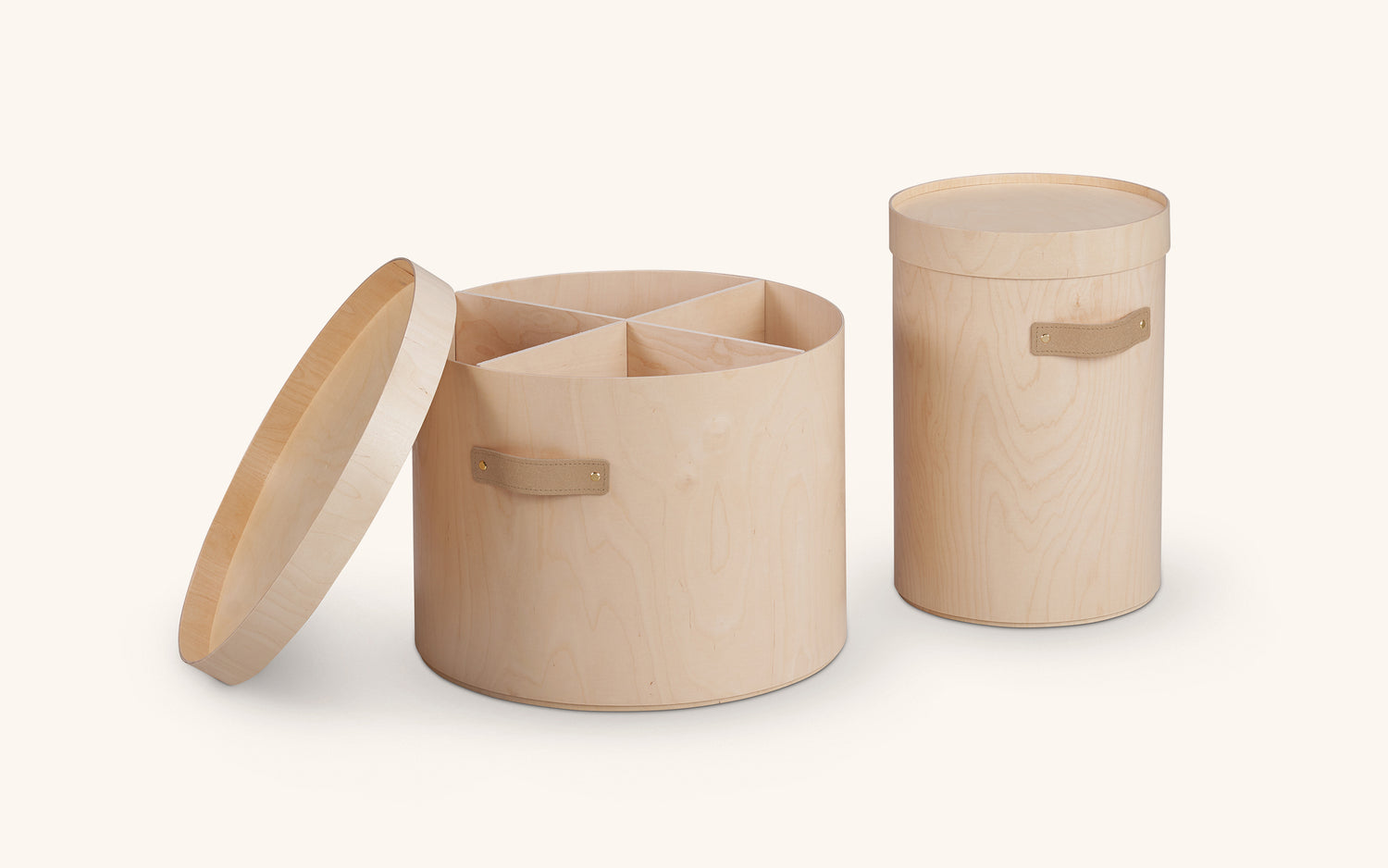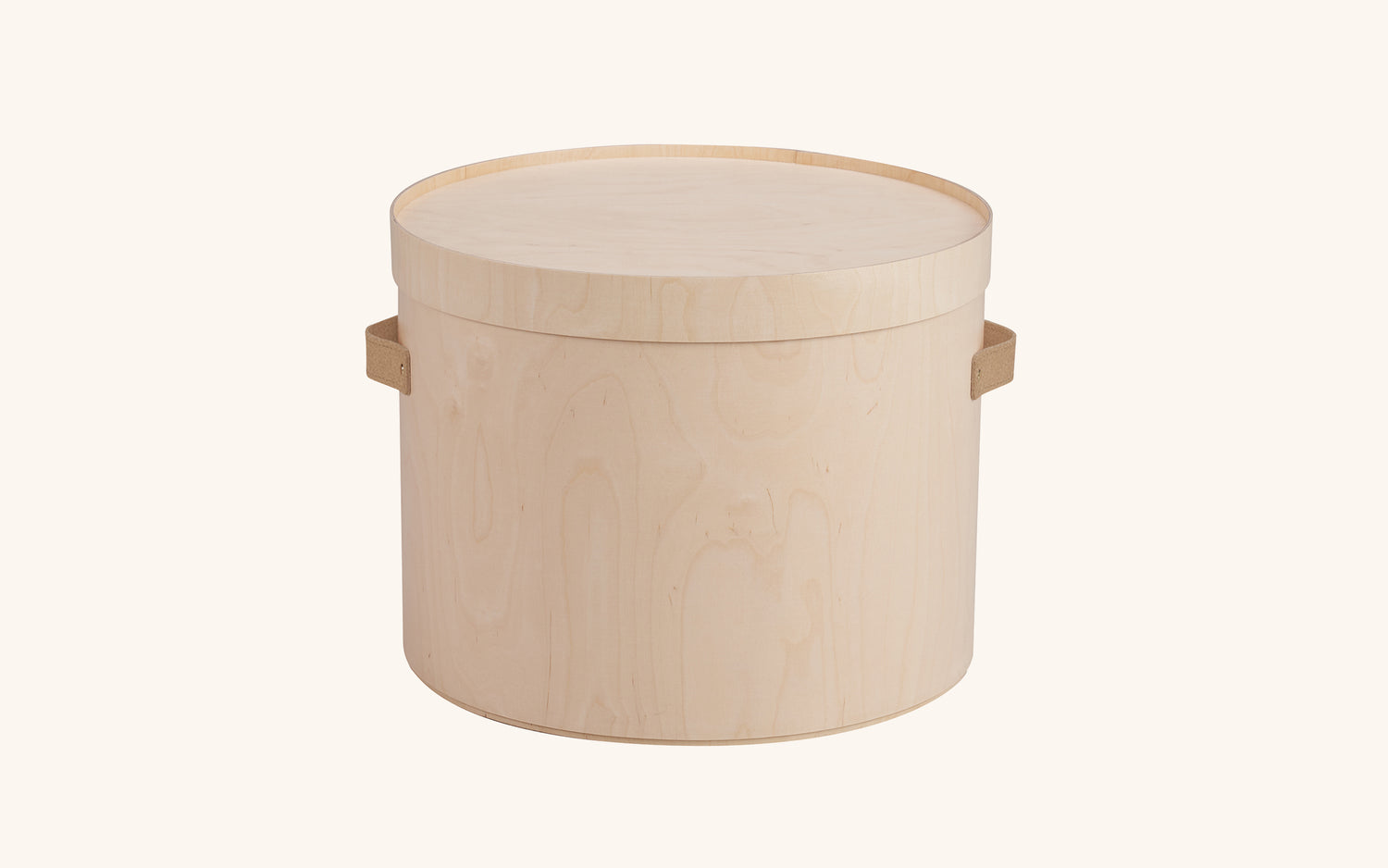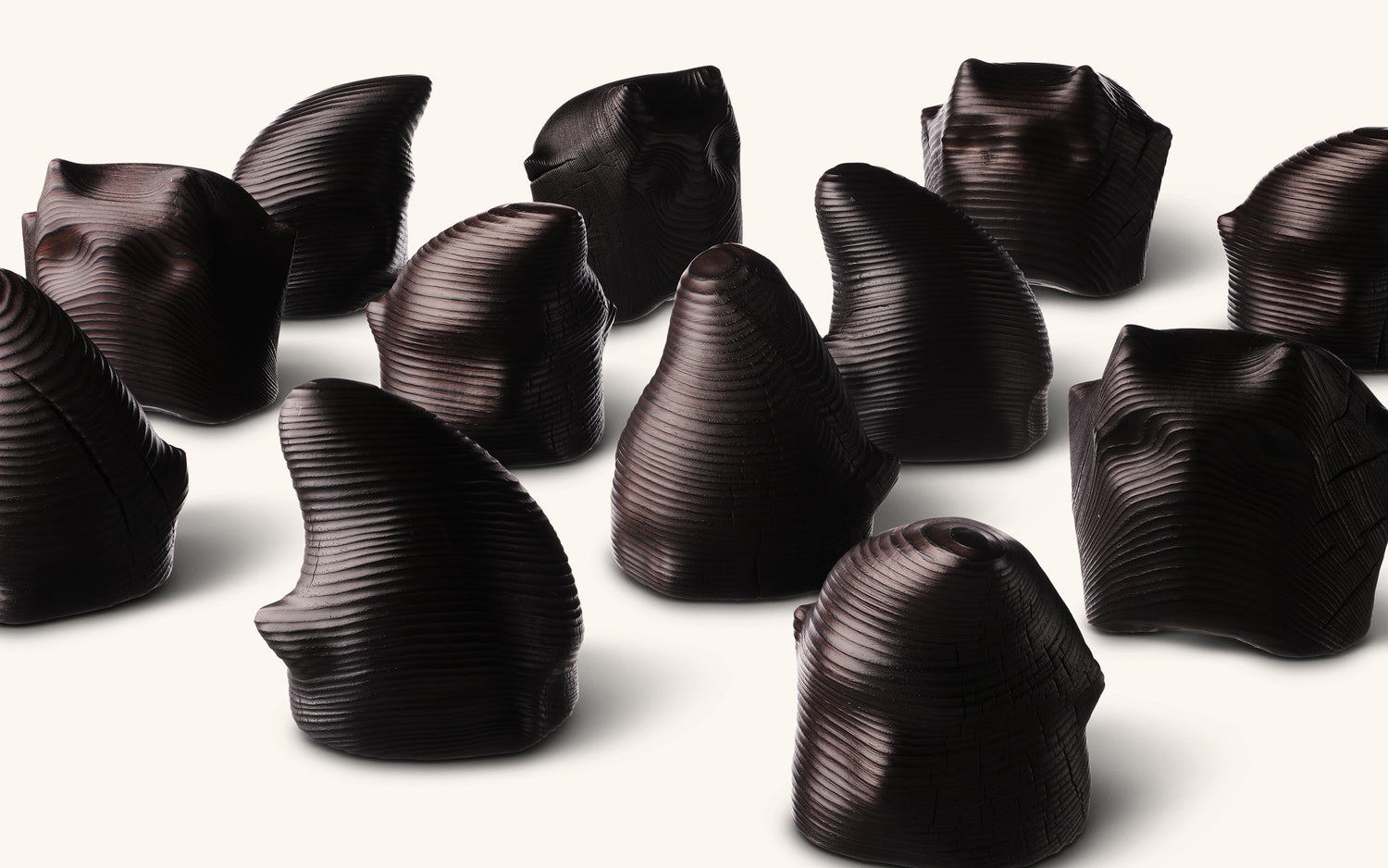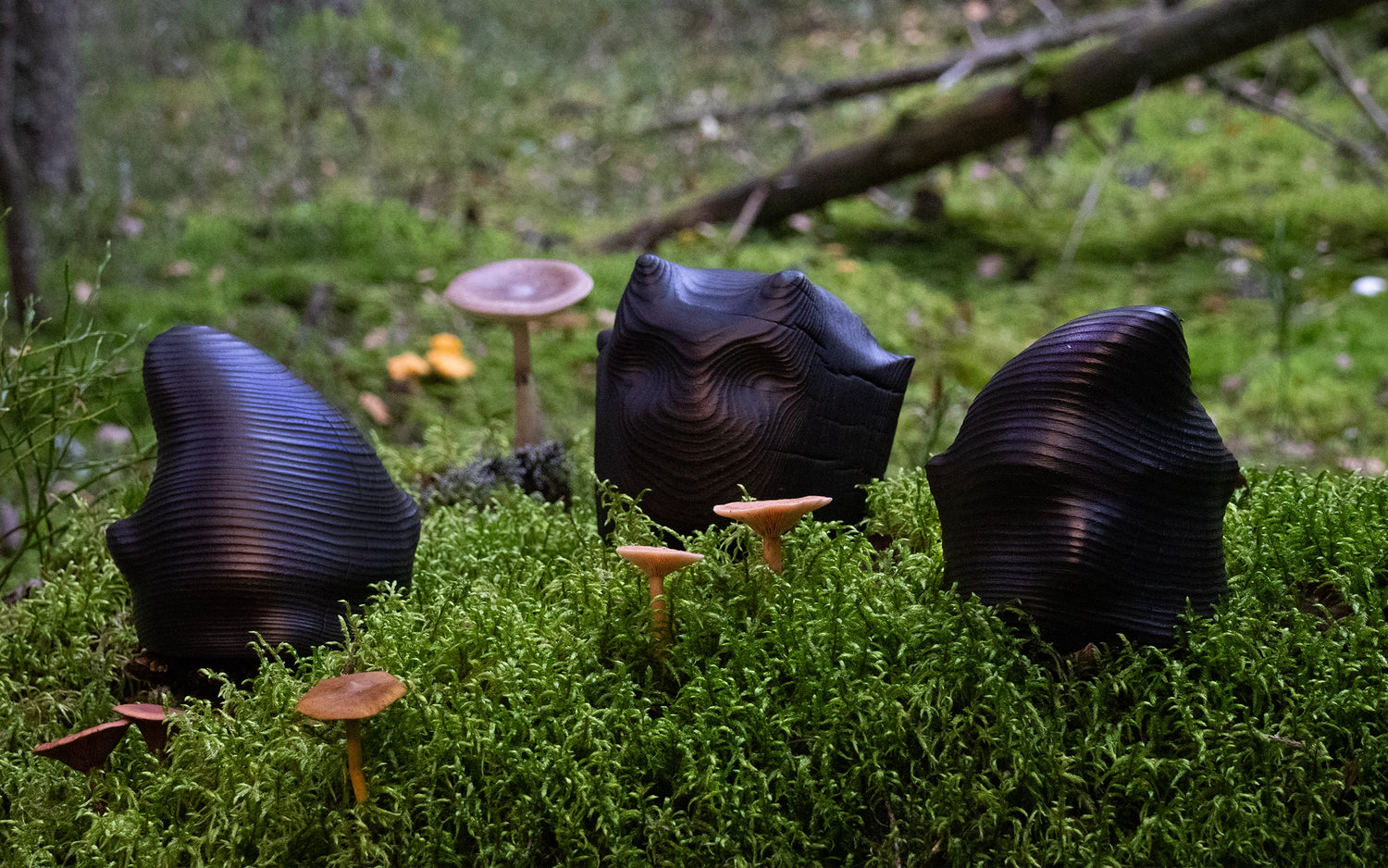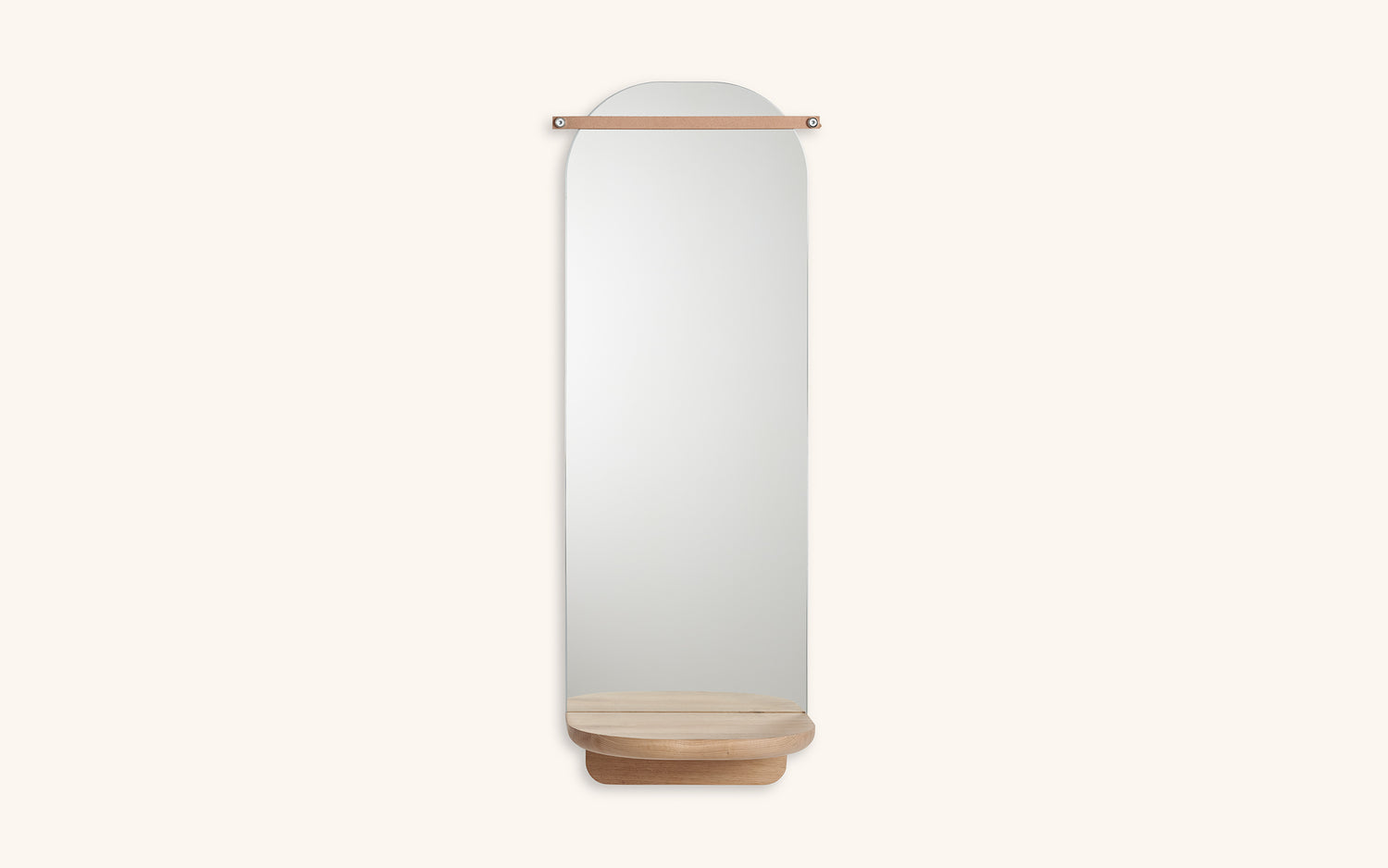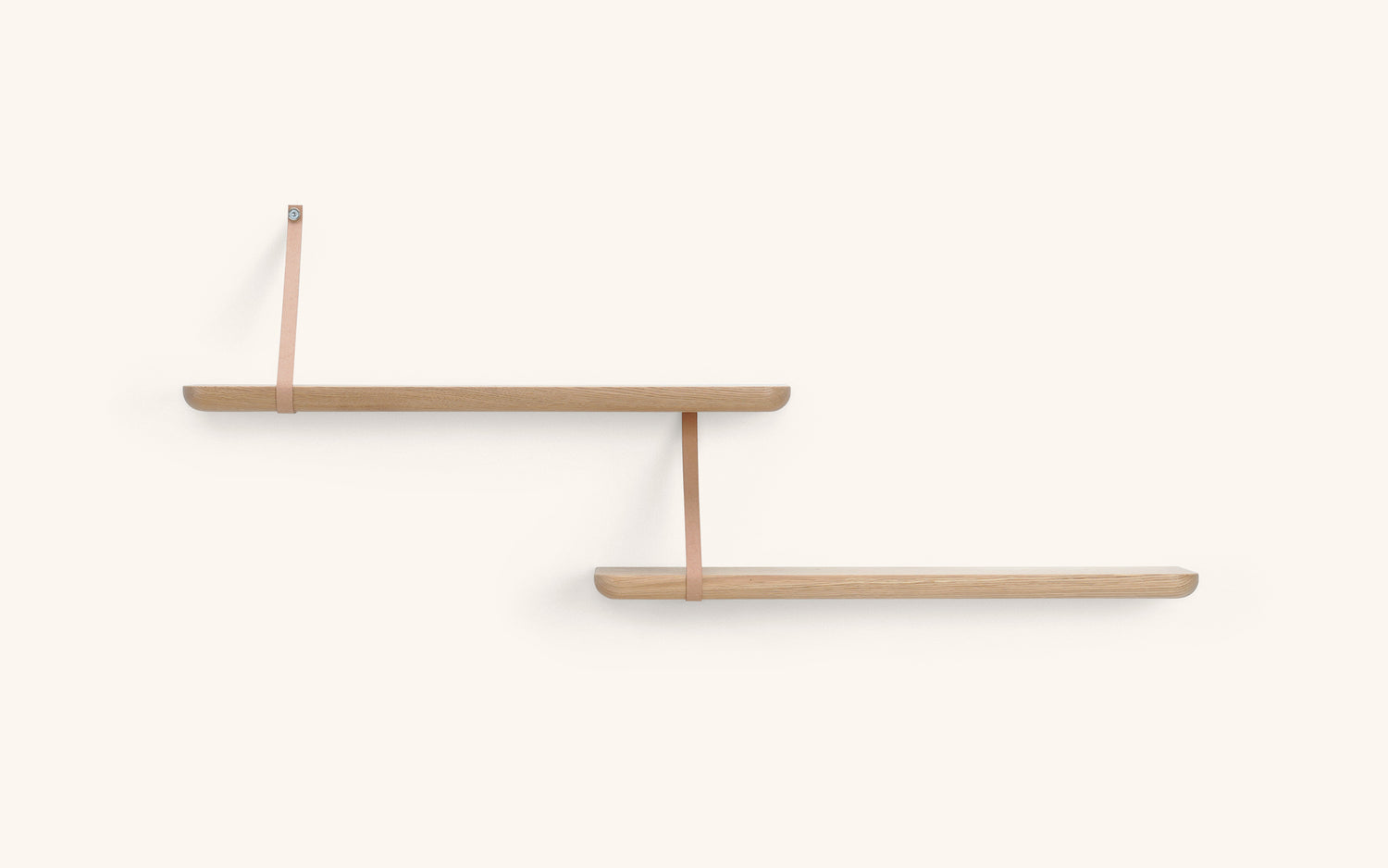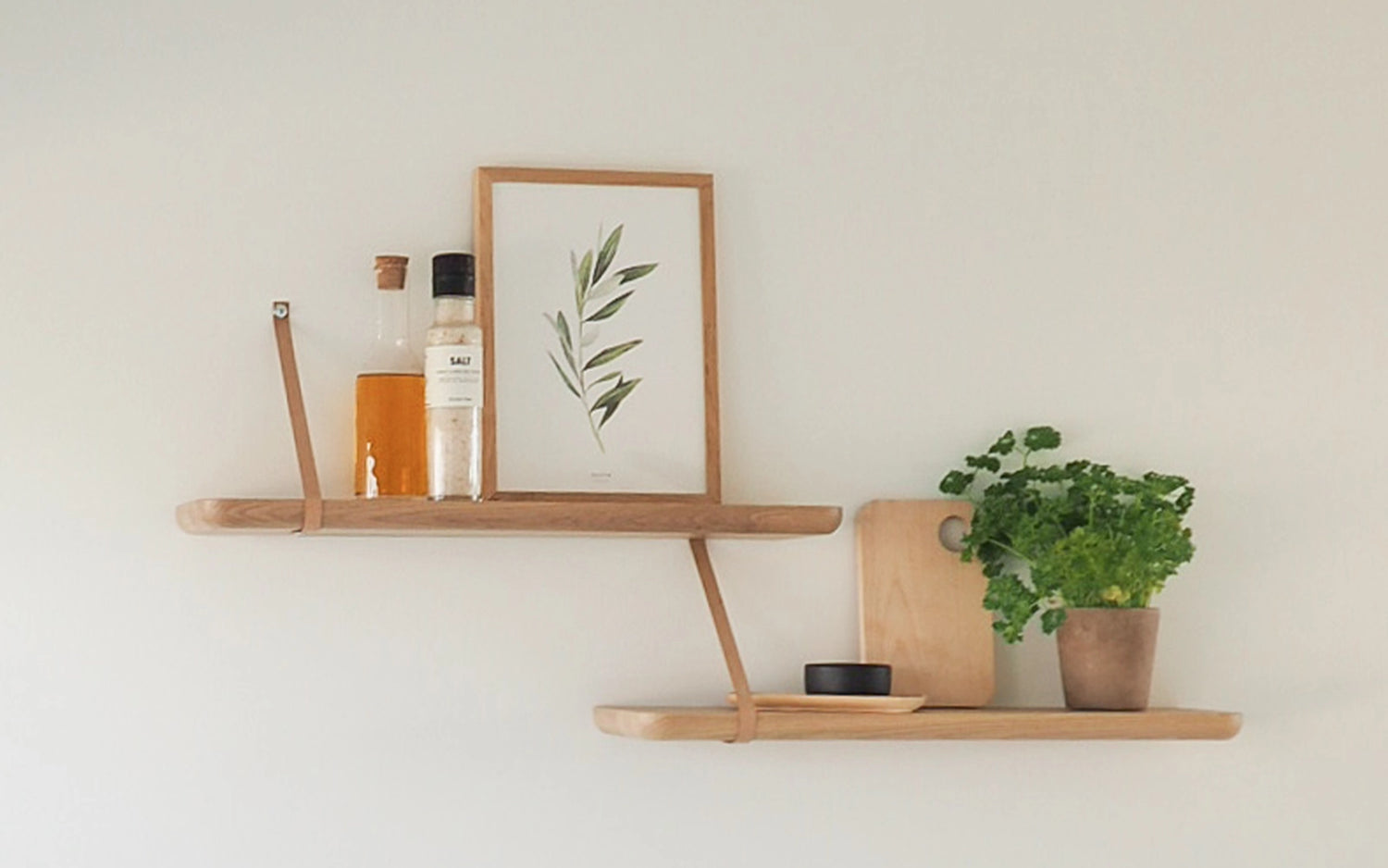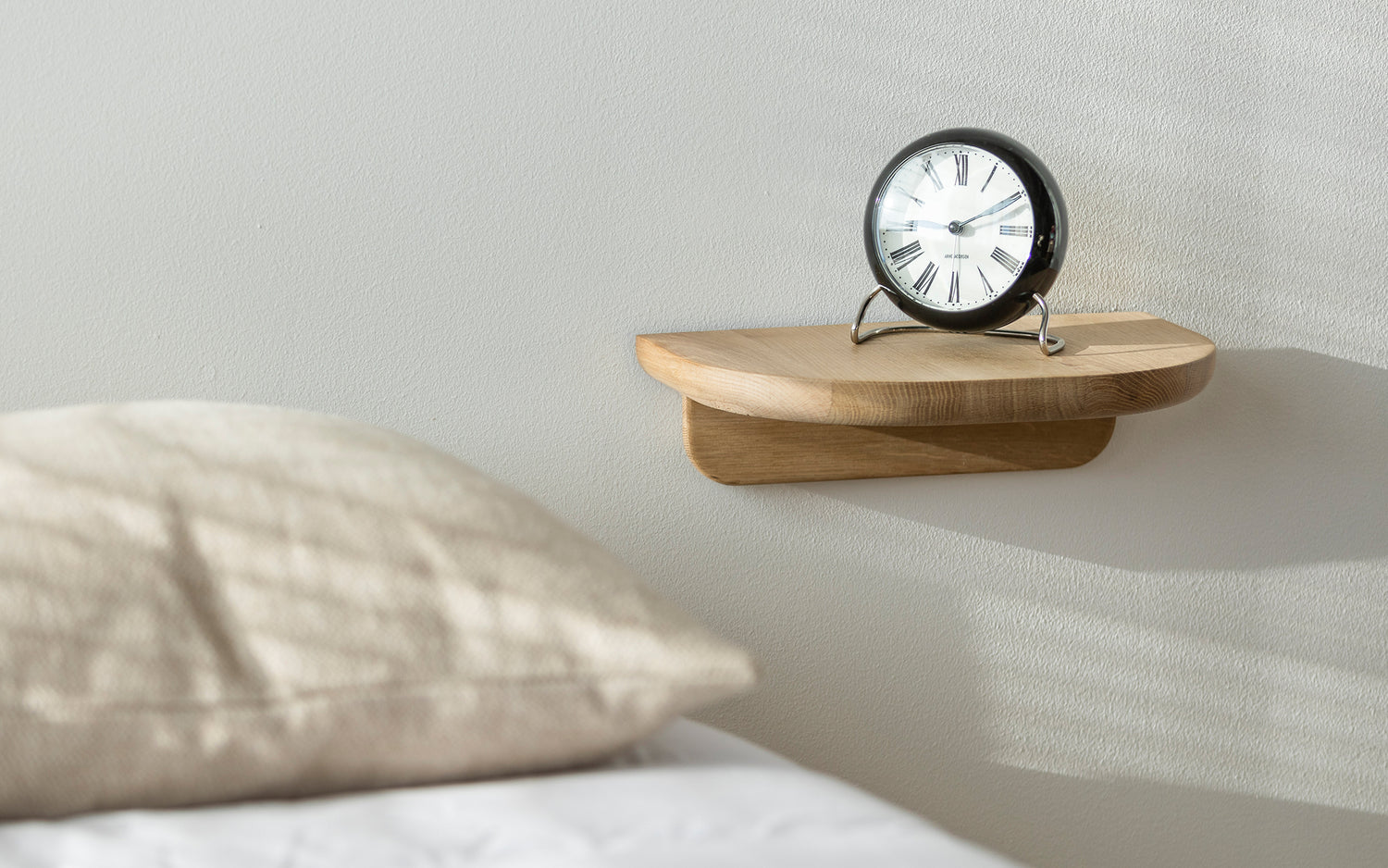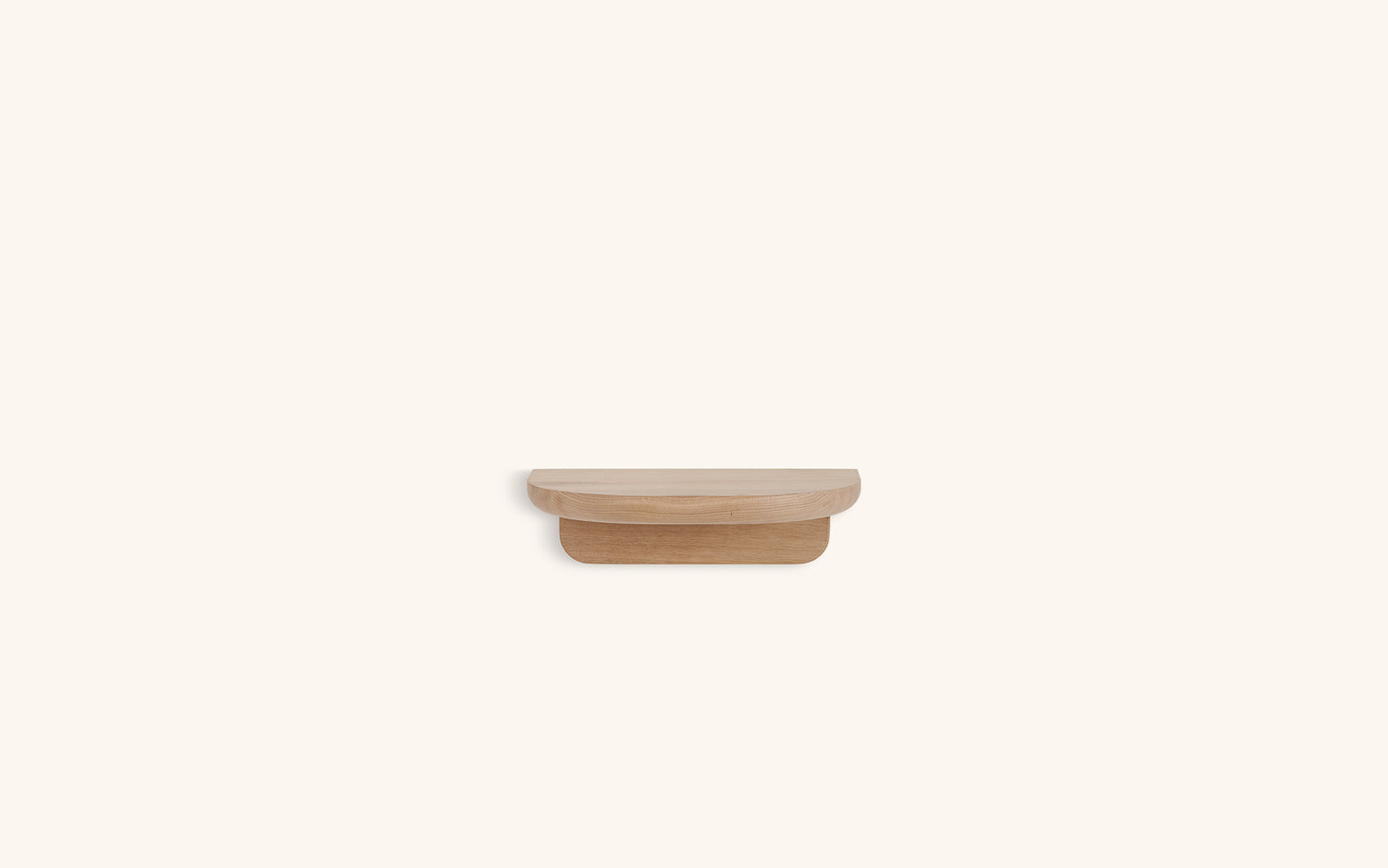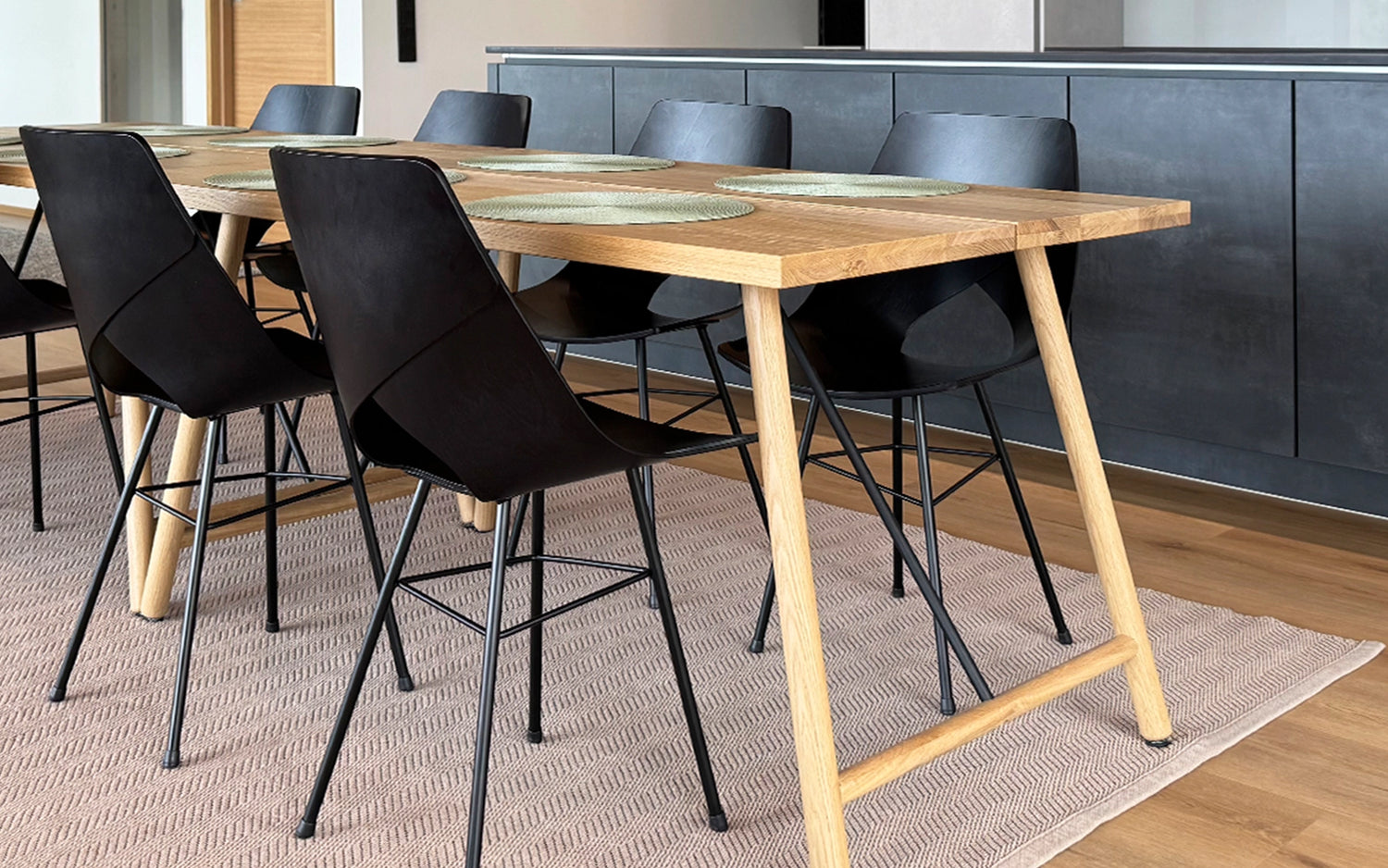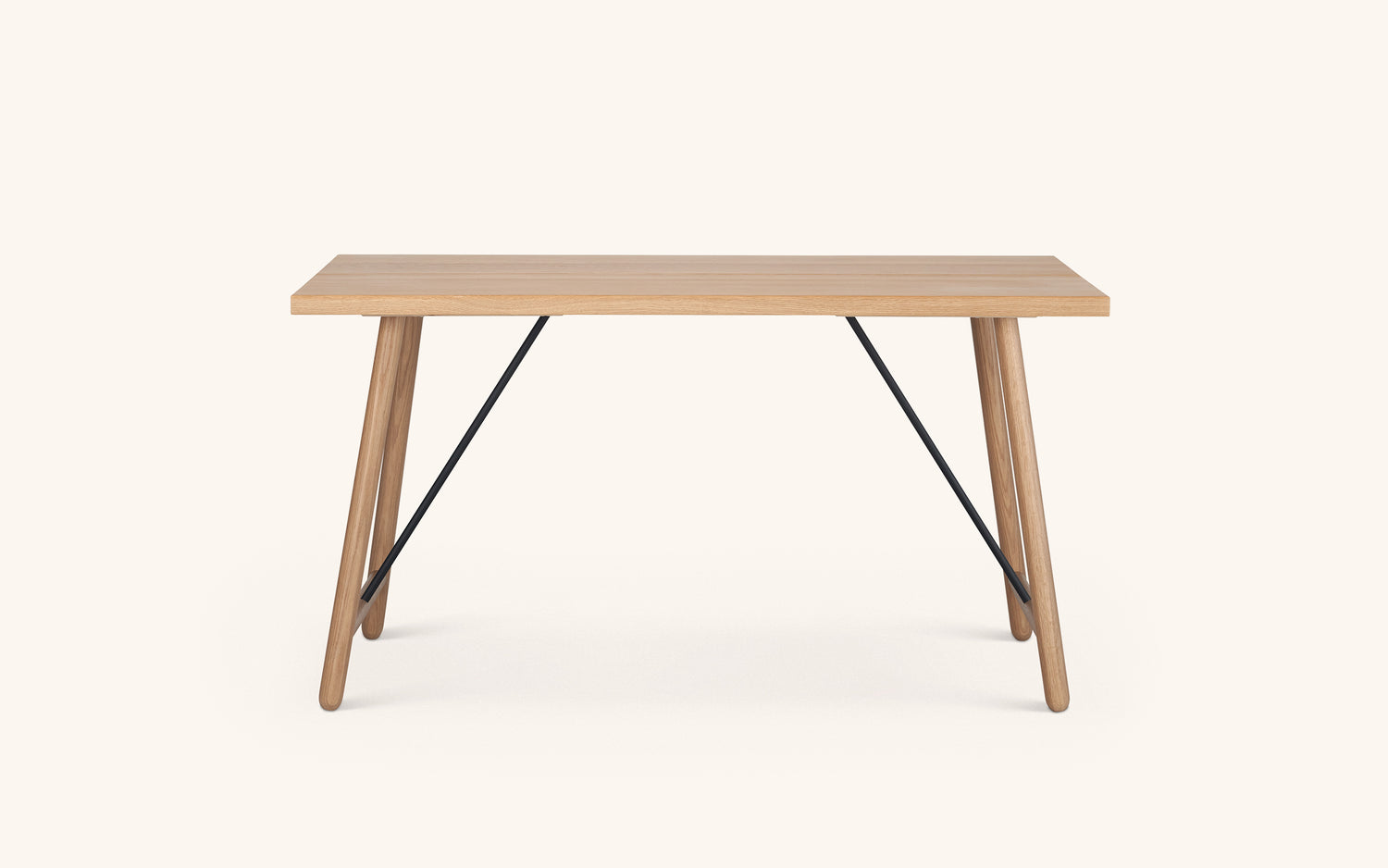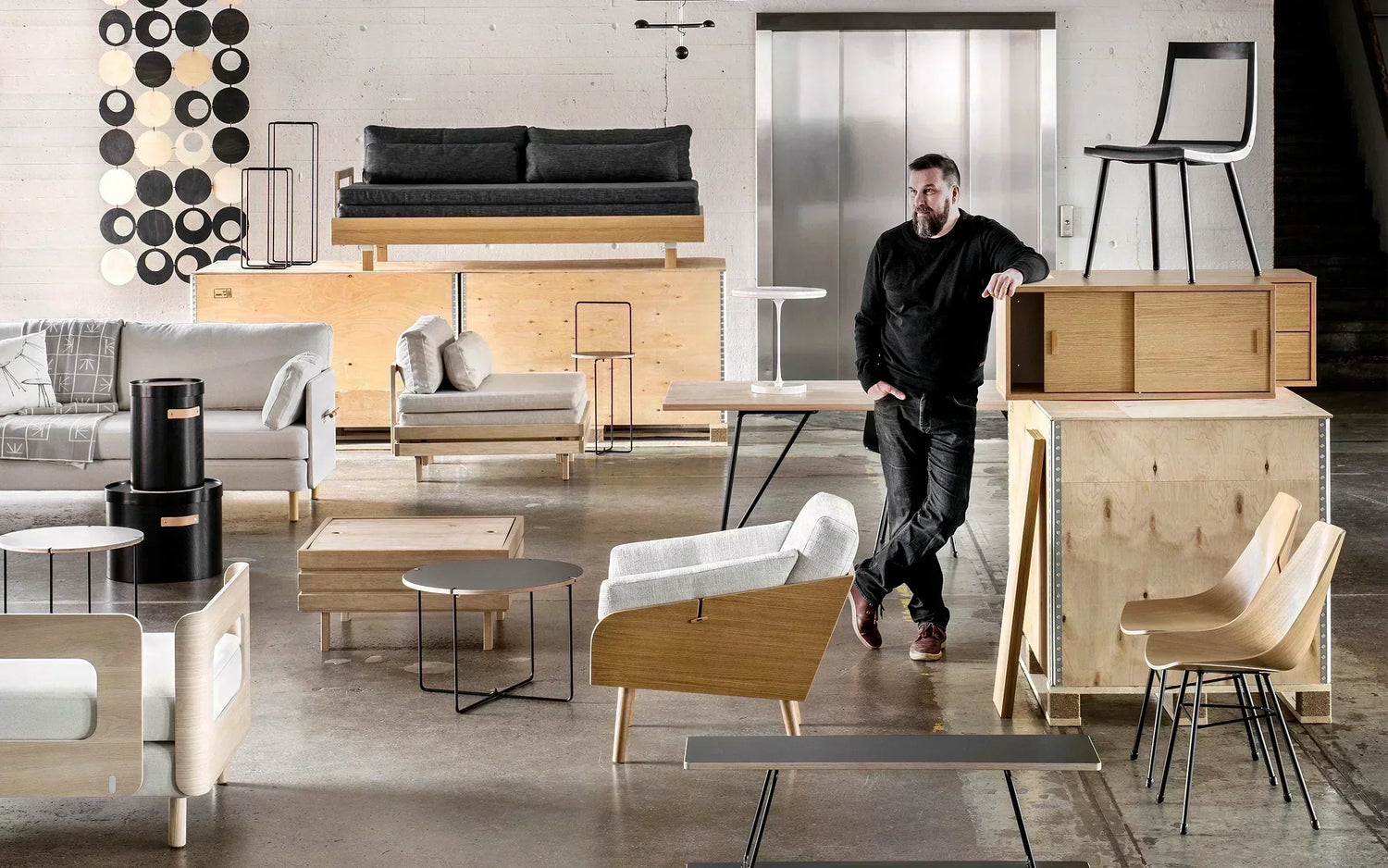
Two Decades with the Pen (and the Mouse)
I’ve been working as a freelance designer for 20 years now. Did you know that the word "freelancer" originally comes from the 1800s, where a "free lance" referred to a mercenary - a “spear for hire”? In a way, the principle still holds: freedom and risk are part of the daily job. Admittedly, the risks in design are less physical. Instead of a spear, I’ve mostly wielded a pen - nowadays more often a mouse. That alone says something about how the work has changed.
If you’re up for some reflections on wins (and maybe a few missteps), read on!

Designing a lounge chair is relaxing – or is it?
A typical Tuesday winter morning – a slight frost, dim light, and a hint of mist. A perfect time for a little ice fishing trip and give some thought on the design of a lounge chair. The Finnish landscape provides plenty of inspiration, and in a peaceful environment, ideas come naturally. No rush—sketches can always be made next week.
Is this what a designer's daily life looks like when creating a lounge chair?
Read on to discover a different truth.

In the core of ancient things
Can Finnish gnomes and elves be used for serious design? Answer: Not for serious, but for design yes! We Finns don't really know how to appreciate our traditions. Our current Santa Claus habitus is also a red-haired kind uncle created by Coca Cola's advertising department. And the edges of the elves are also rounded with the washing water. I boldly set out to design a series of figures based on our folklore. A real connoisseur of elves, the writer Heikki Saure, helped me delve into the topic. He is now a guest blogger and opens up more about the topic here.

Less is more room
A space without furniture is just a space, and furniture without space is just furniture - combined they form a home. I have studied to be both an interior architect and a furniture designer and have done both for a living. This combination has helped me to think more broadly about the field. My furniture always has some obvious or inconspicuous context for the space. Read more about what I mean.

Meaningful and remarkable things along the way
One day I was thinking about what things have influenced, moved or touched me as a designer. Professionals in all fields have a role model, thing or influencer who has acted as an inspiration or a trend setter. It doesn't have to be a representative of your own field, because it can be an object, a landscape, a painting or an atmosphere - so almost anything. Like a book, a film, a poem, an object, a performance, an exhibition, a building, a space, a person - the list could go on and on.
Can you name four things that have made a lasting impression on you? Go read my latest blog and you'll find out which four I named.

Everything was better before
In my childhood, when the garden swing or chair in the yard started to deteriorate, it was repainted - either with the original colour or with some passing fashion colour of the wild 70s. This was done without even thinking about it. It was a natural way to extend the life cycle of things or recycle - before those terms even existed. Could this still work today, and could the furniture have been originally designed to be like that when it was new? The short answer to that is - it could. Go ahead and read the longer answer.
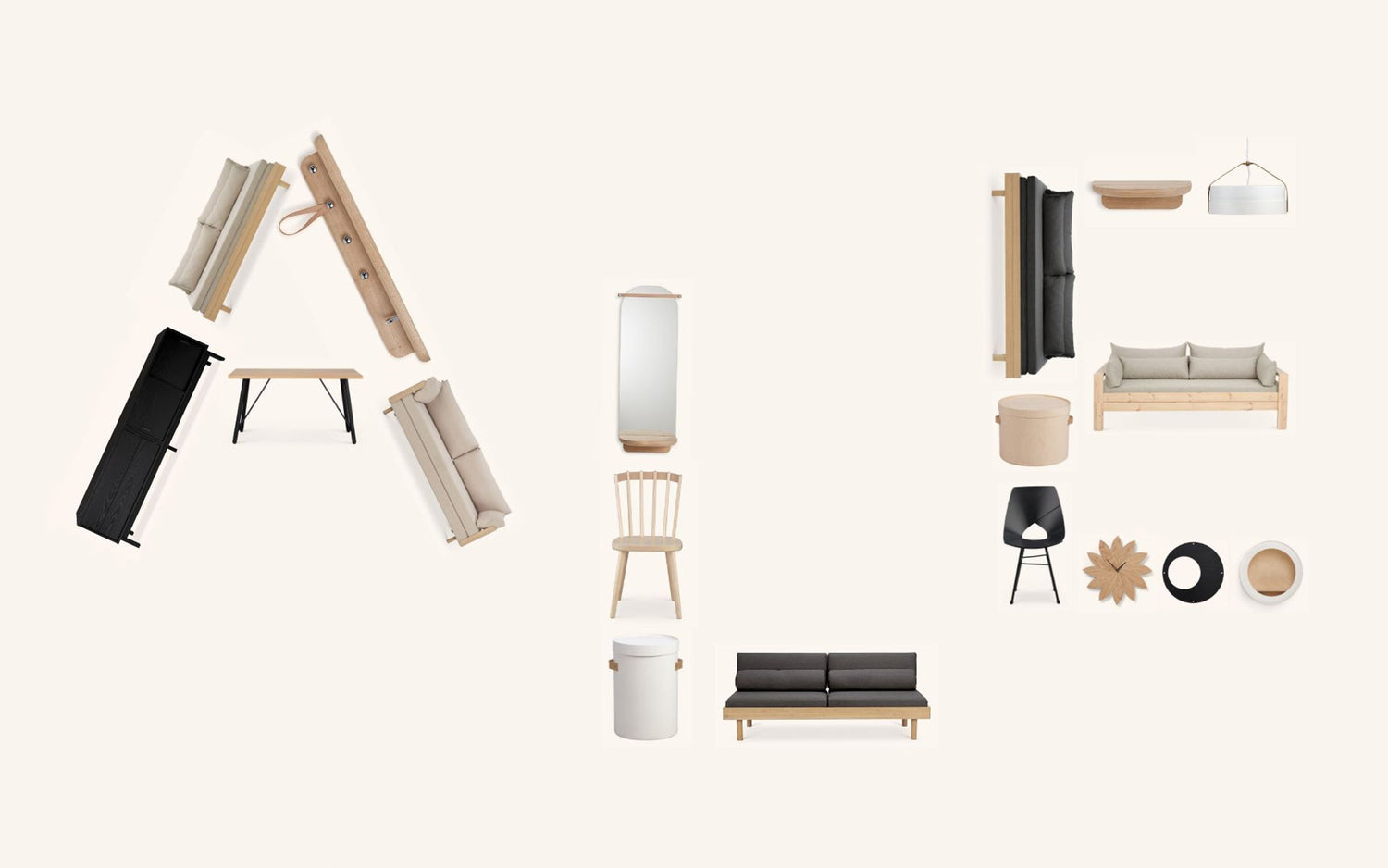
Always a sale - or only today?
My friend, whom I thought was smart, excitedly explained to me how an incredibly good deal he had made - the furniture had been reduced by -70%! I didn't dare to spoil the atmosphere by starting the lecture of how it really went. But now I am about to spoil it - welcome to the fun...

How to design a successful product?
Right off the bat, plot reveal - I'm not going to give a clear answer to that question. I still wanted to think about that topic that always worries designers in this blog. What elements must a product have in order for it to successfully achieve success, a smash hit, an earth-shattering hit, or an insane hit? After all, there must be something in a successful product if it has been successful.
Keep reading to see how I'm succeeding with this topic.
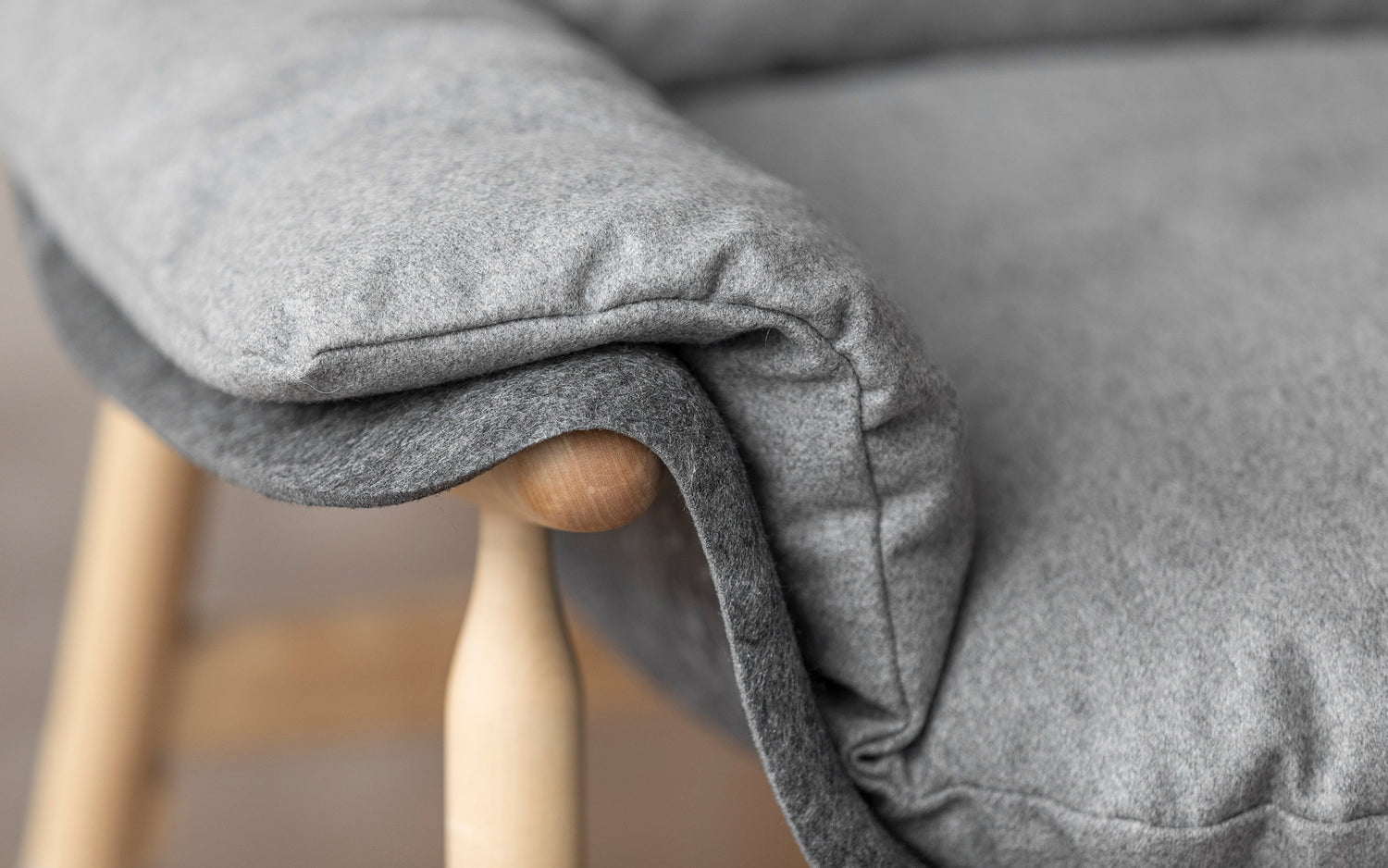
Which is more common on Earth - soft or hard?
What is the difference between knowledge and opinion? Why does someone else's scream sound loud, but one's own doesn't? What time is? Why do adults stress about climate change but do nothing about it? What is the purpose of people? Is anything certain if it hasn't happened yet? Can birds have a fear of flying? Why do people want to be famous? Can a cat have ADHD? Why is dark black?
These are children's questions and very relevant ones. Why have I picked them here?
Read more and I'll tell you.
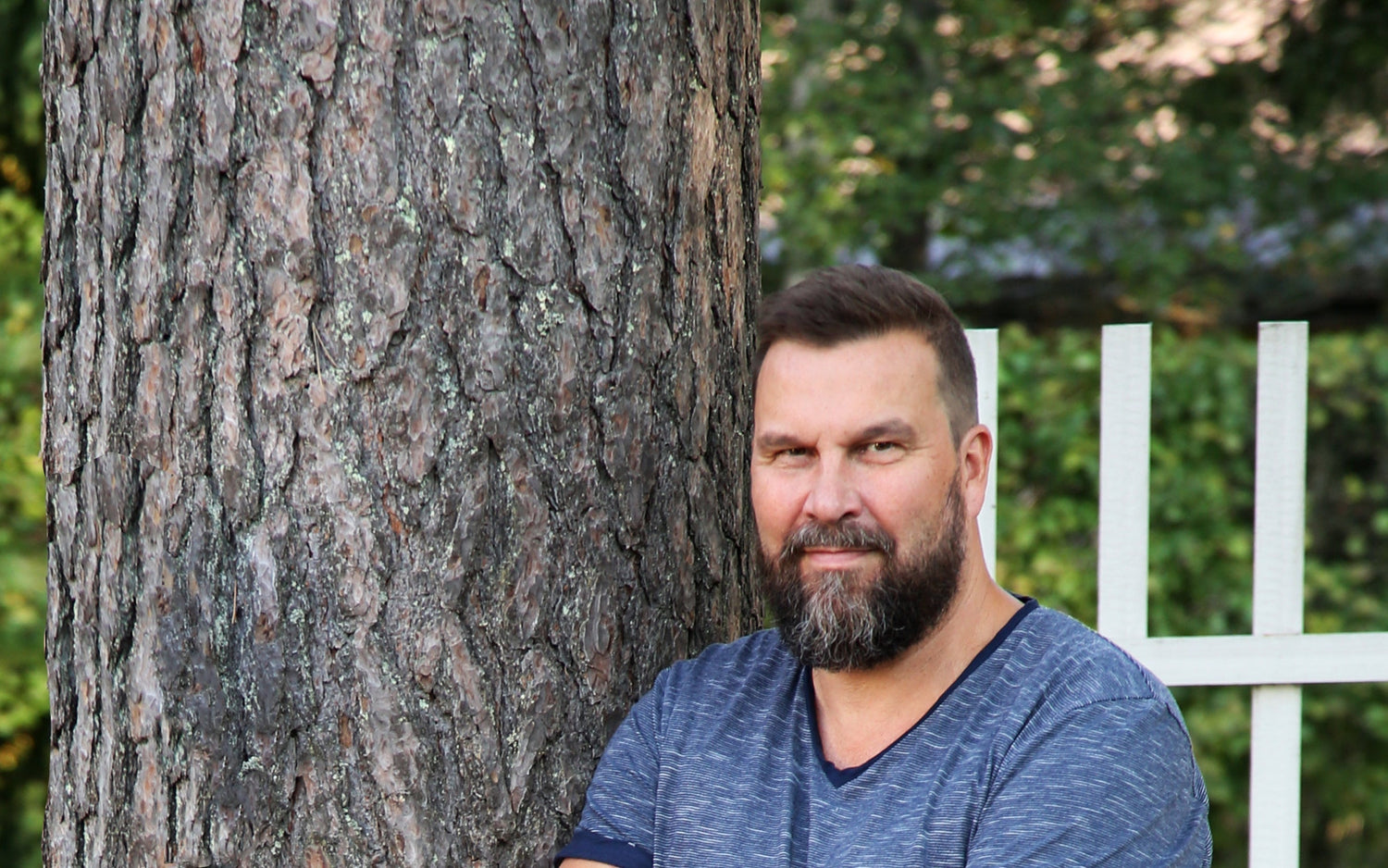
Behind the tree (Out of nowhere)
They say there is no forest without trees, no tree without branches and no two trees alike. In furniture, however, we want something that doesn't exist - knotless wood, an even grained pattern, and a surface of the same tone. When we pursue something unnatural for wood by force, we hit our heads with Karelian pine in design, manufacturing, sales, and using. So why do we do this and what could we do differently? Read more about what I've been thinking.
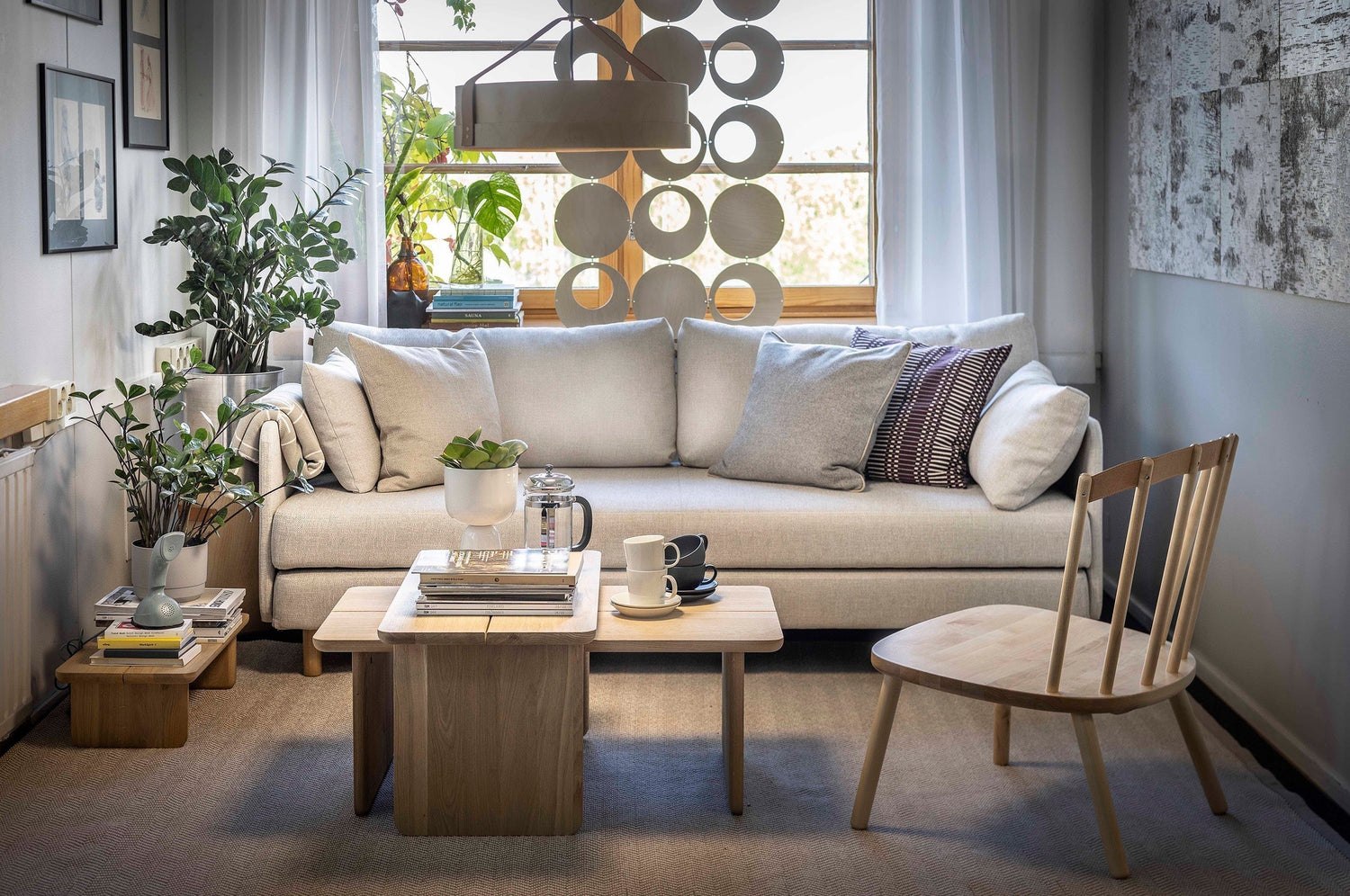
The sofa bed that revolutionized the sofa bed
ON sofa bed is perhaps my most famous product. When it hit the market in 2007, it was completely different from what we were used to. Such a product always has its risks - and the biggest one is how consumers adopt a completely new concept. How did it all start and how has the journey progressed? Read more.

Design has its origins
In May, The Association for Finnish Work had an apt campaign bearing the name of the title, which emphasized the origin of the design. That slogan was a great insight and contained the basic idea of all creative work. Unfortunately, there are also products coming to the market whose beginnings come from someone else's footsteps. Figuratively, this could be called tailgating, which has always been and always will be.
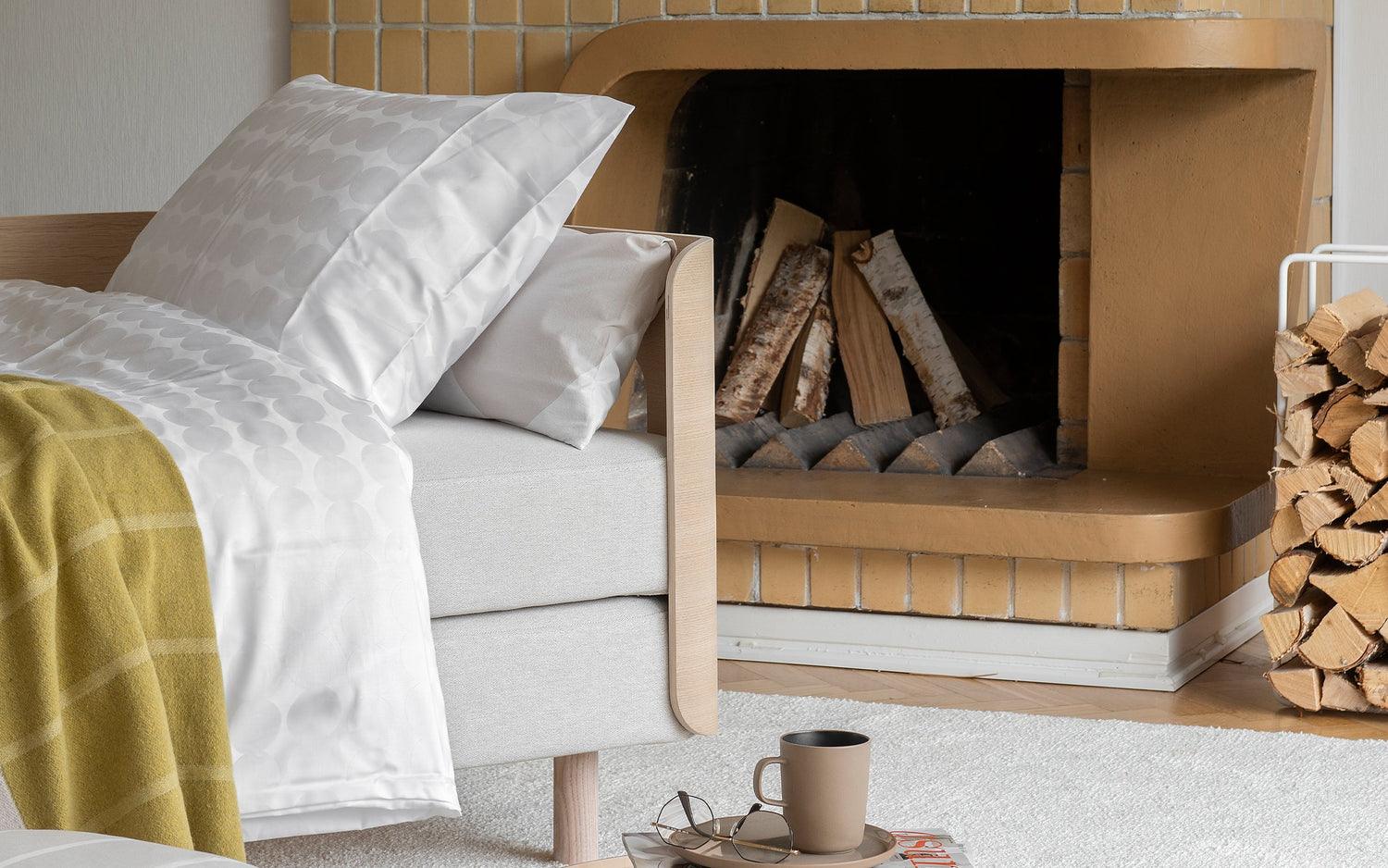
A patch on a patch is relevant now
Pumped inner rubber in the sink, let's see if there are bubbles... already found. Drying and roughening patch with the roughener in the box. Tinner smelly and finger-sticking rubber glue on the patch and around the hole. After a while, when the glue is dry, the patch is pressed into the inner rubber. Now it's ready. The inner rubber is carefully placed in its place and soon you can pedal again. Do you remember the last time you did this? Or have you ever done? And what does this have to do with furniture?

Compensation stirring the soup
Compensation has been discussed a lot recently. It suffers from the same problem as the Finnish economy now - i.e. inflation. Mixed-meat soup will never be ready when the industry lacks clear recipes and there are too many cooks in the kitchen. The reputation has also been tarnished when the soup spills and boils over. This is a shame, because when cleaning the cauldron, even the good things go down the drain with the washing water. We still believe that the ingredients of the soup are by no means out of date. Our product manager Severi has thoroughly familiarized himself with the subject. How we cook up a compensation soup, read more.
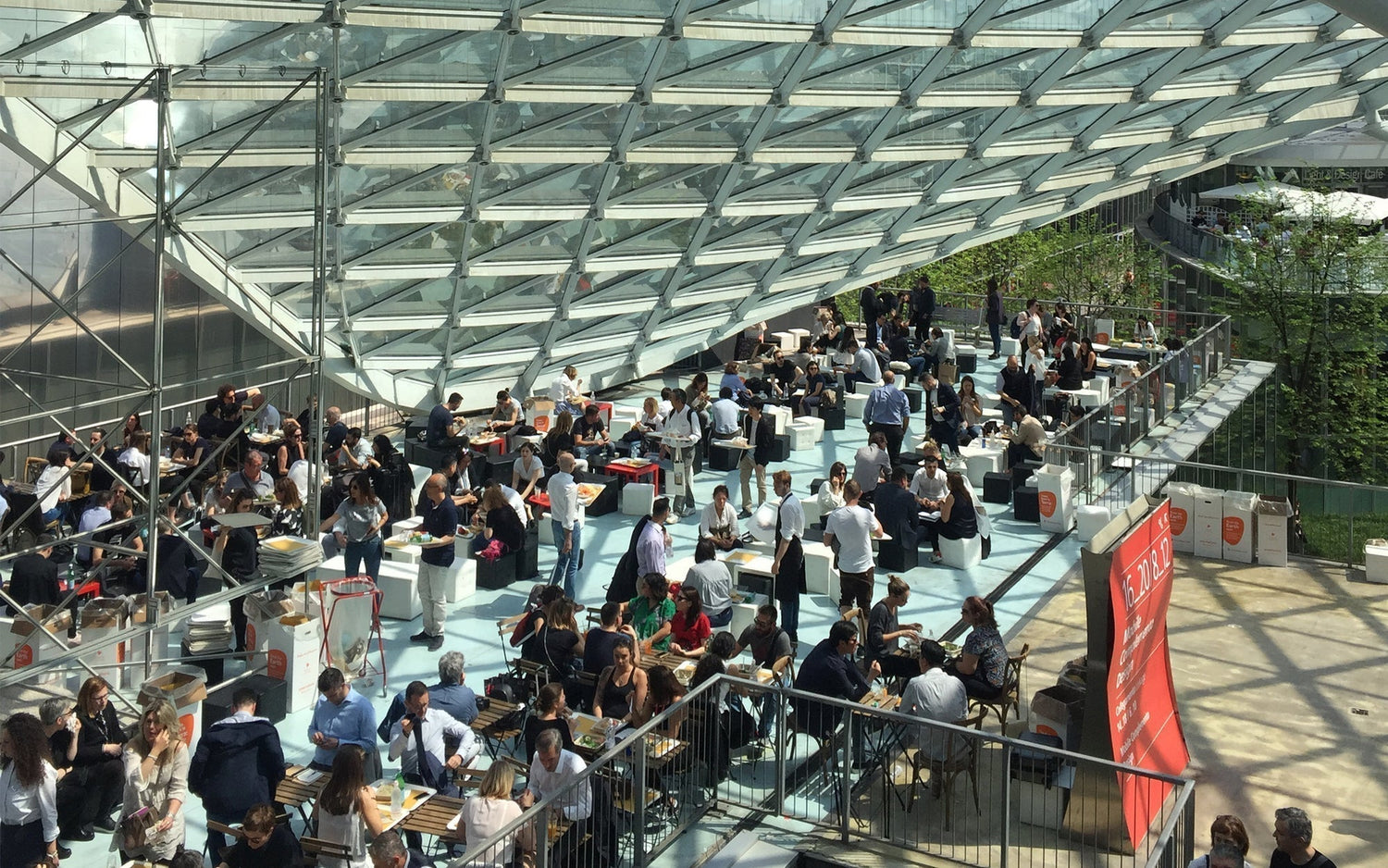
On the top of a trendy wave - or on the beach watching the splash of the waves?
We made the annual designer pilgrimage to the megalomaniac Milan Furniture Fair. We usually go there to taste the trends of the big world, which burn the Finnish tongue used to the food made by mothers. For a designer, trends are a bit of a double-edged sword; you should follow them, but on the other hand do something timeless and your own. How can you get through this sanely and go back to producing trendy stuff that is nevertheless unique?

Senseless questions for artificial intelligence
I decided to ask the artificial intelligence some tough questions about design. Now, when there was an opportunity to ask something wise and find out the biggest secrets of the mystery of design, it felt a bit like getting the opportunity to ask God for all the ultimate riddles of life - so just then nothing very intellectual comes to mind.
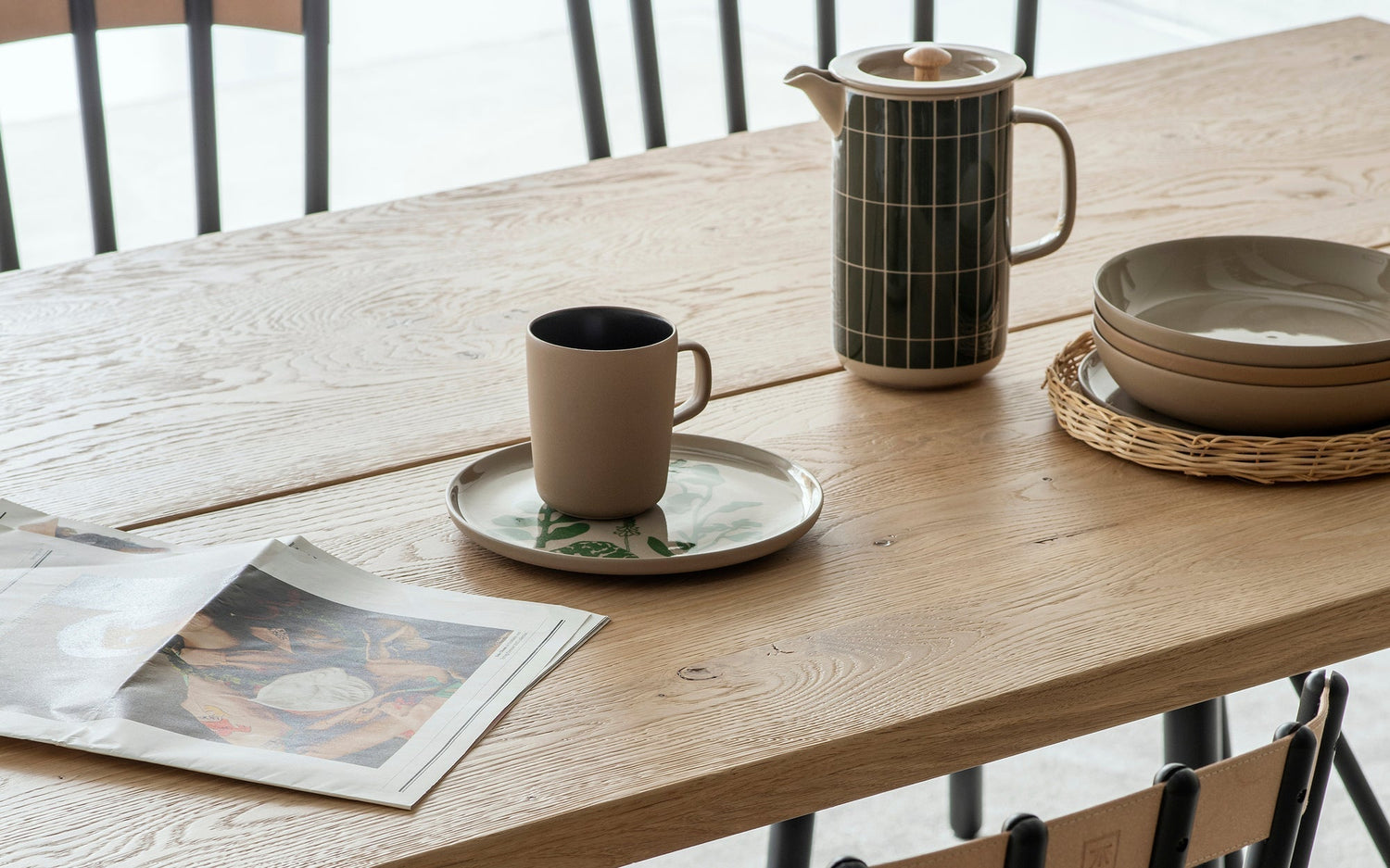
Breaded responsibility
What do Finnish Wiener schnitzel and the strategies of many companies have in common? There is something mandatory in both. In Finnish Wiener schnitzel it is anchovies and for companies it is responsibility. Anchovies are never eaten, but is responsibility swallowed as such? Guest blogger, our product manager Severi, tells how we eat the whole plate empty from the nourishing food circle of responsibility.
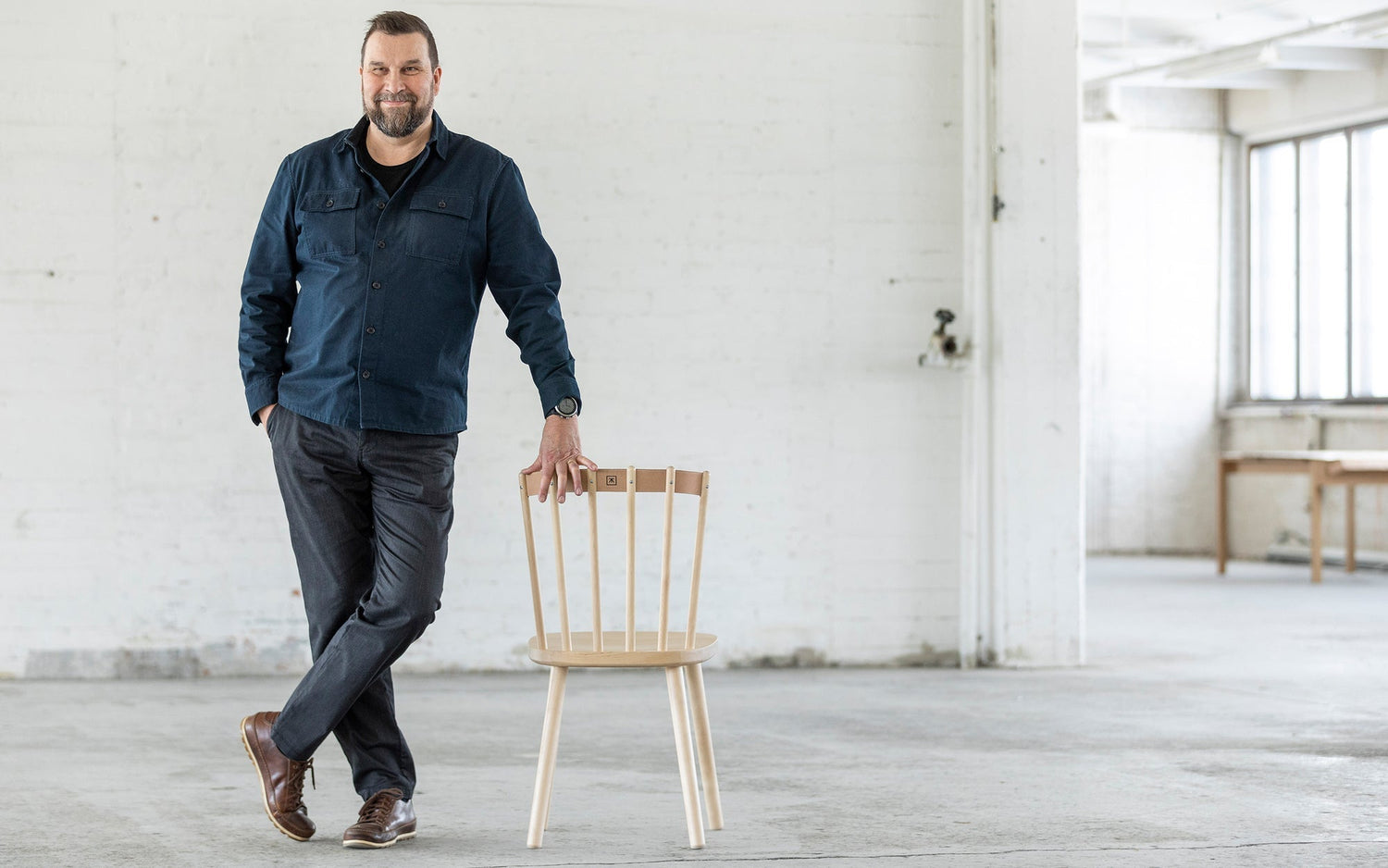
Traditional spindle back chair stays always relevant
I am often asked questions: Because the world is full of chairs, so why are you making more of them there? Are there any more new ones needed? How can I invent new ones? The answers to these will become clear if you don't block my blog - that is, read more.
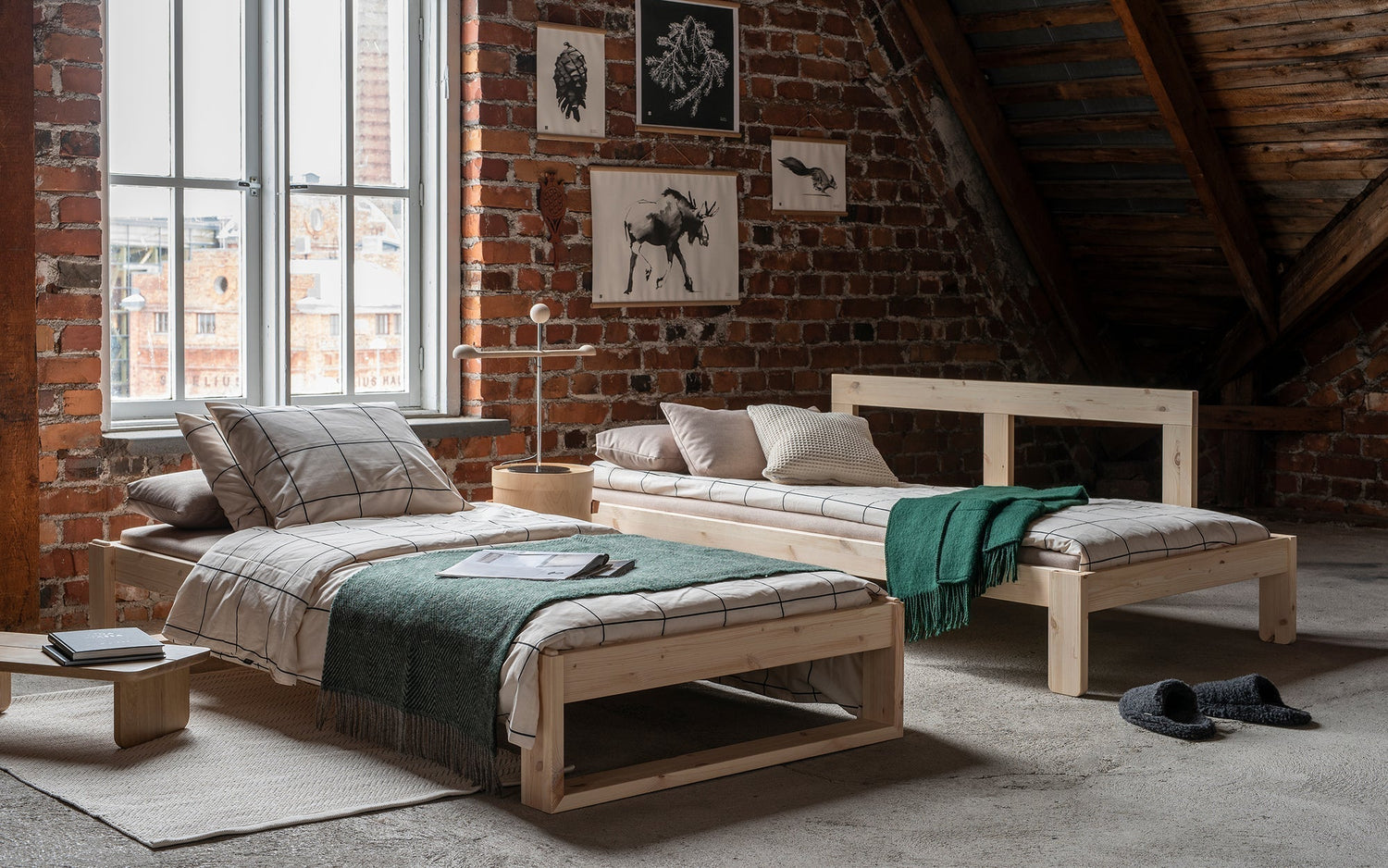
Towards pine or not?
Why must we import wood to Finland? You don't think about this often, but when you do, it sounds crazy. It would be same as if tulips were exported to Holland, beer to Belgium or Christmas trees to Finland. There must be some reasonable explanation for this.

Others see the ice, we see the road
This is an open and confessional donkey bridge to the topic, which tells something about the point of view or perspective, how differently we perceive things. You probably still don't understand what it's all about and that's why I recommend reading more. Warning: This story contains product placement.

How to design an easy chair?
"During my career, I have focused on sensible, practical and versatile design. When I start designing a new easy chair, I decide that now I will do it differently. Will the tiger escape its stripes?Was I able to stick to my goal - read more."
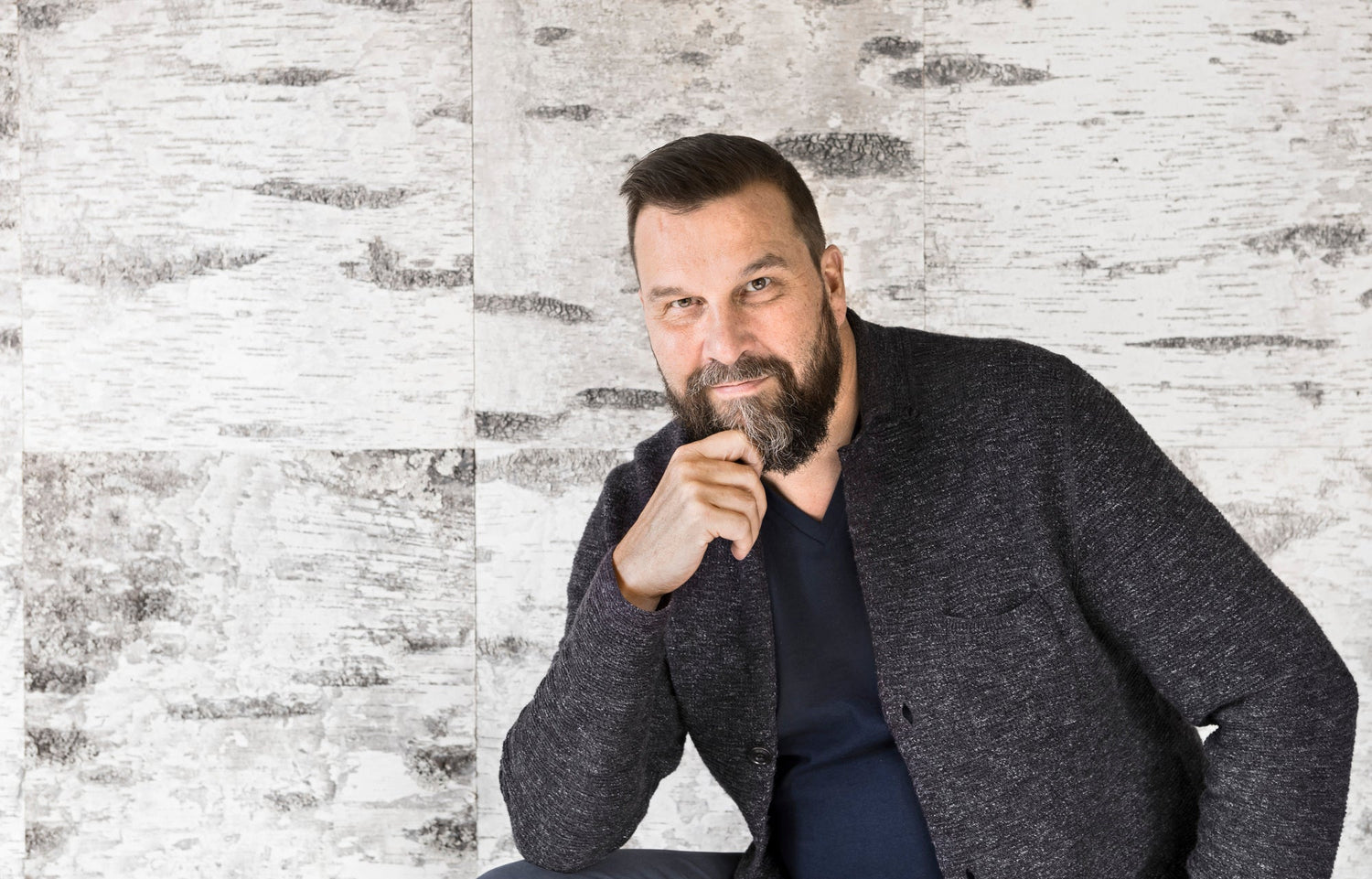
Carbonless footprints
"As a company, we compensate the carbon footprints of all our products.
People's footprints can also be compensated. I turned 60 years in the summer, and received a gift from my company, which compensates my entire current journey in the world."
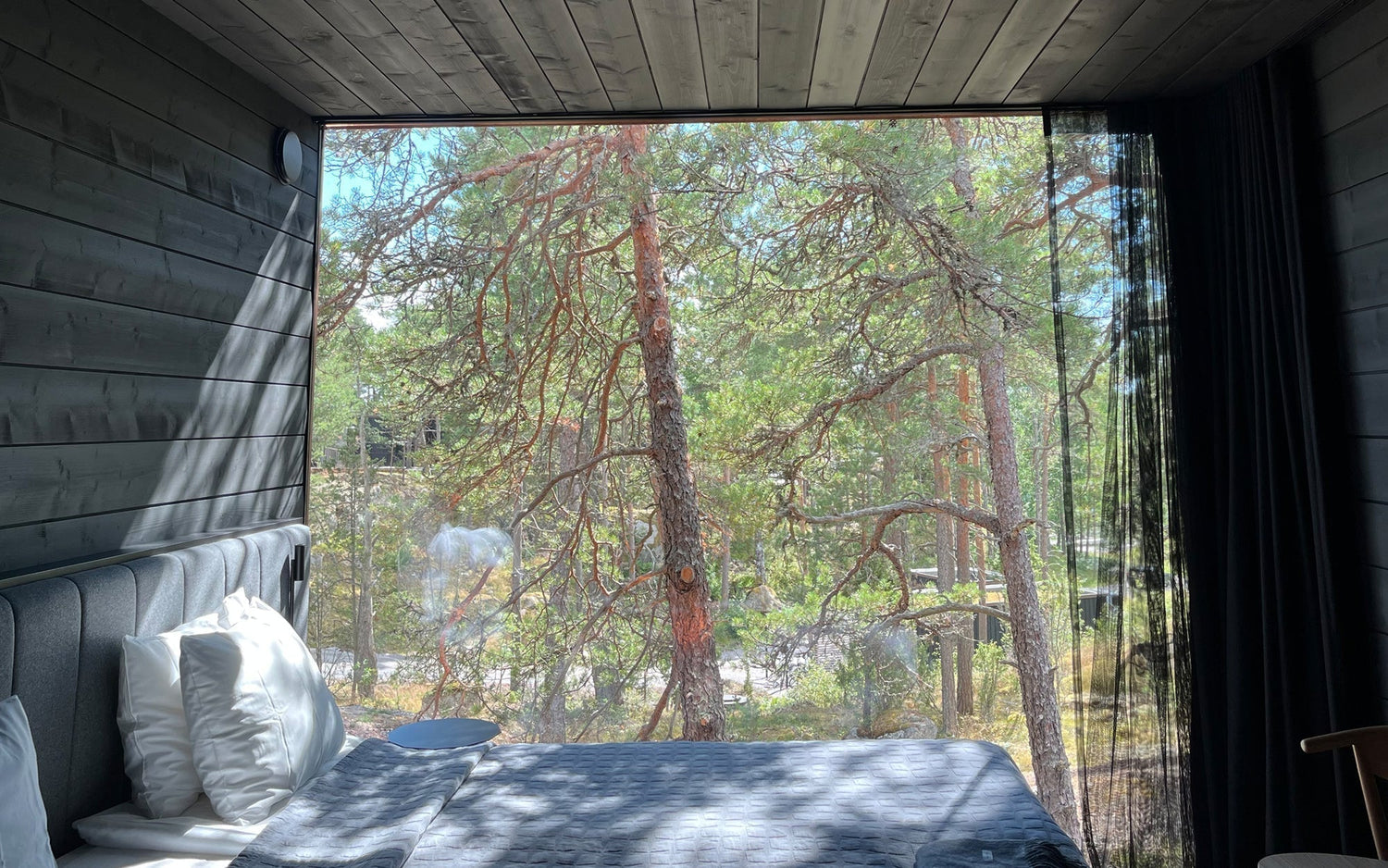
This is not a travel blog
"... even if it seems that way. A designer never gets rid of his role as an observer, and the scanner is always on for things that inspire."

The main characteristics of a designer
"Unknowingly, I have already adopted many qualities important to a designer as a child. Here are a few of them and a little more in the form of stories."
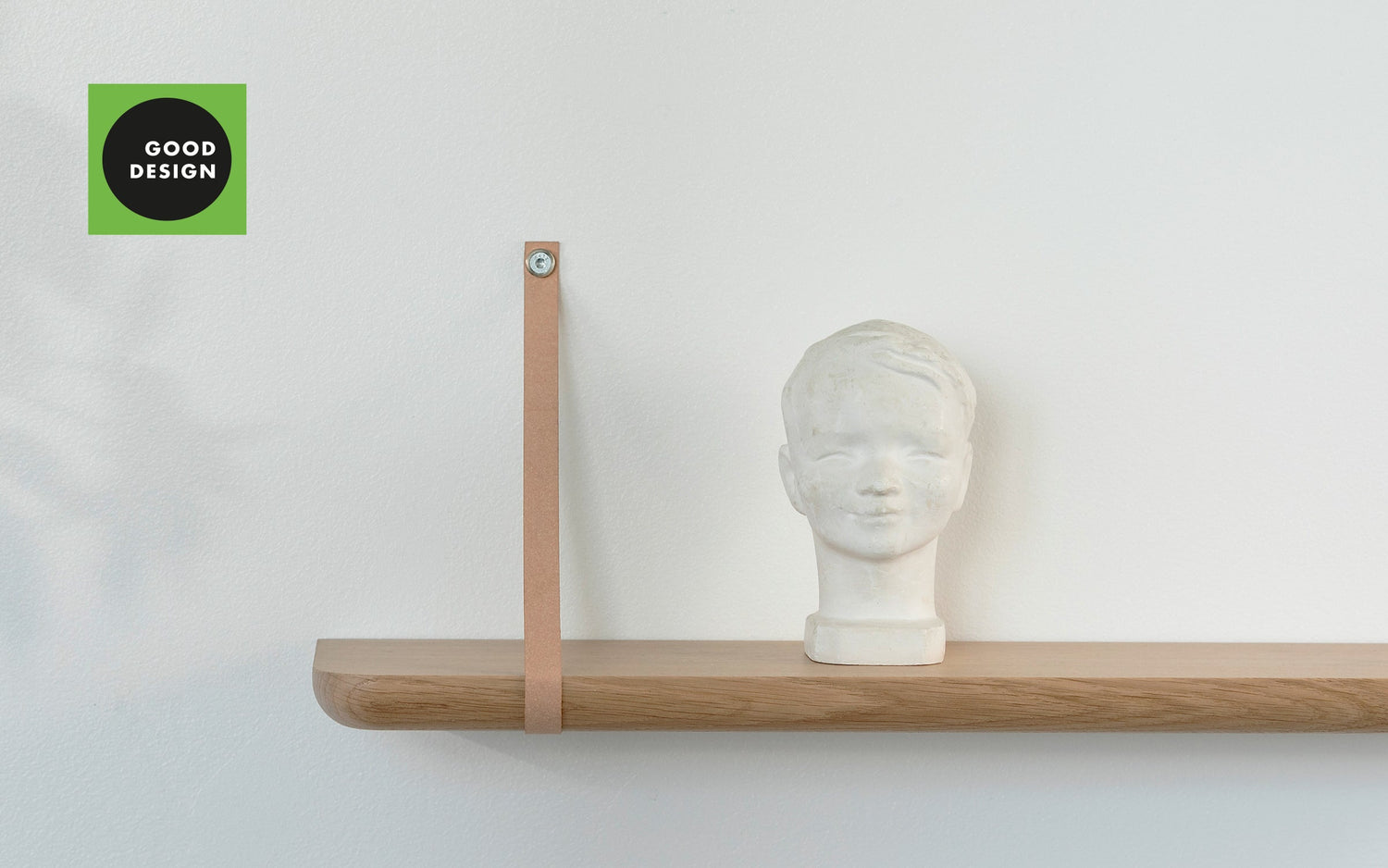
Are awards rewarding?
"I have had the pleasure of receiving several recognitions related to my profession during my long career. I am often asked what the awards mean to me. 20 x Good Design Award, 3 x Green Good Design Award, Kaj Franck Prize, Pro Finlandia, Furniture Designer of the Year, etc. - I would lie, if I said that they don't mean anything. However, you can't eat them, and you can't sit on them, but they come in handy."

Noble legacy of our grandparents
"We all have that older grandmother who has washed and collected yogurt jars, bread bags as well as their closures. Our grandparents didn't throw anything away and all the items were repaired and used as long as possible. Here lies a great wisdom that we can learn from today - maybe more than we even guess."
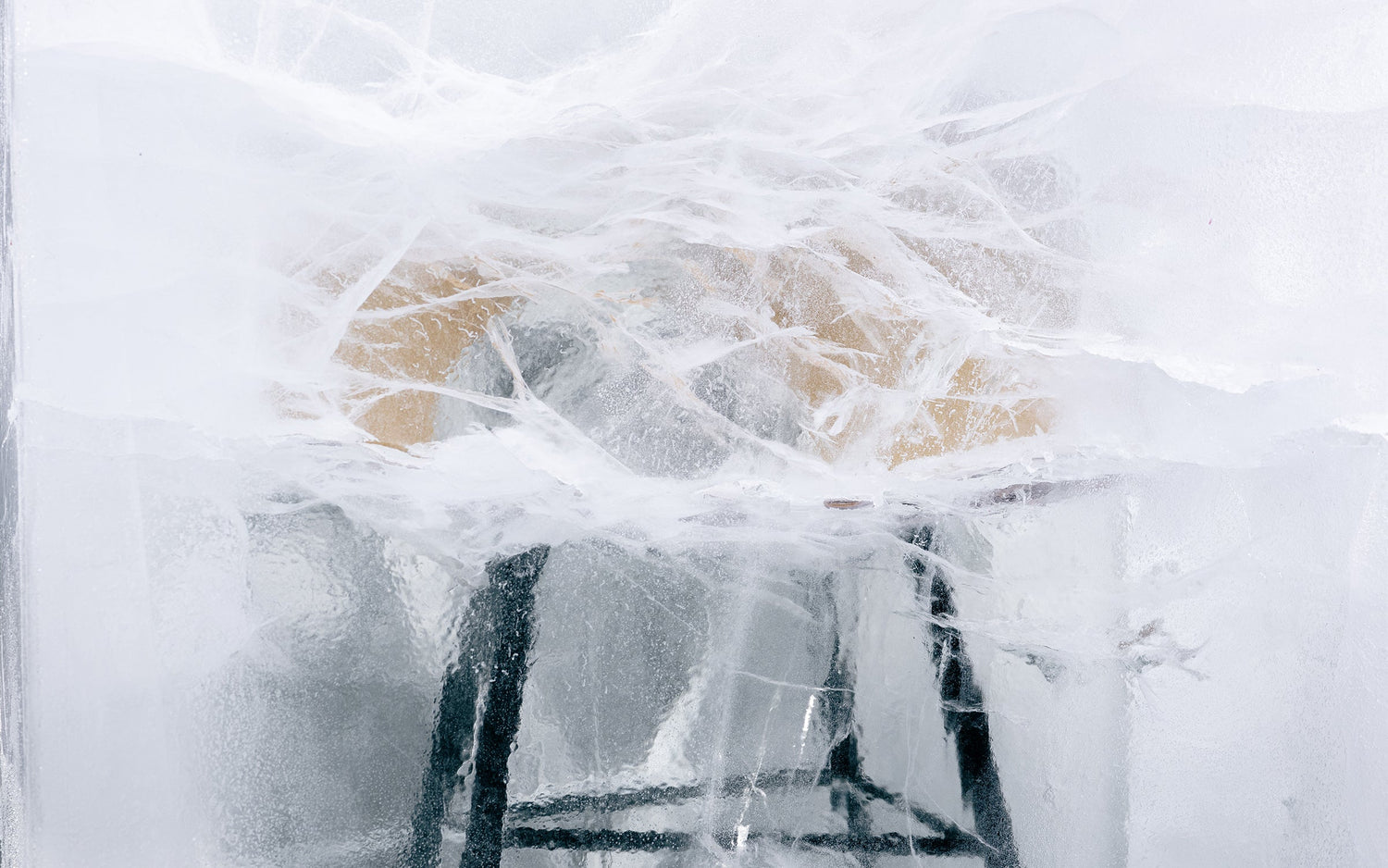
We take responsibility for our responsibility
"The word 'responsibility' is worn out and something else should be invented", "Nowadays everyone is responsible", "Responsibility is now fashionable" and "Responsibility and carbon footprint calculation are becoming passé" are statements we hear nowadays repeatedly. Are things really this good?
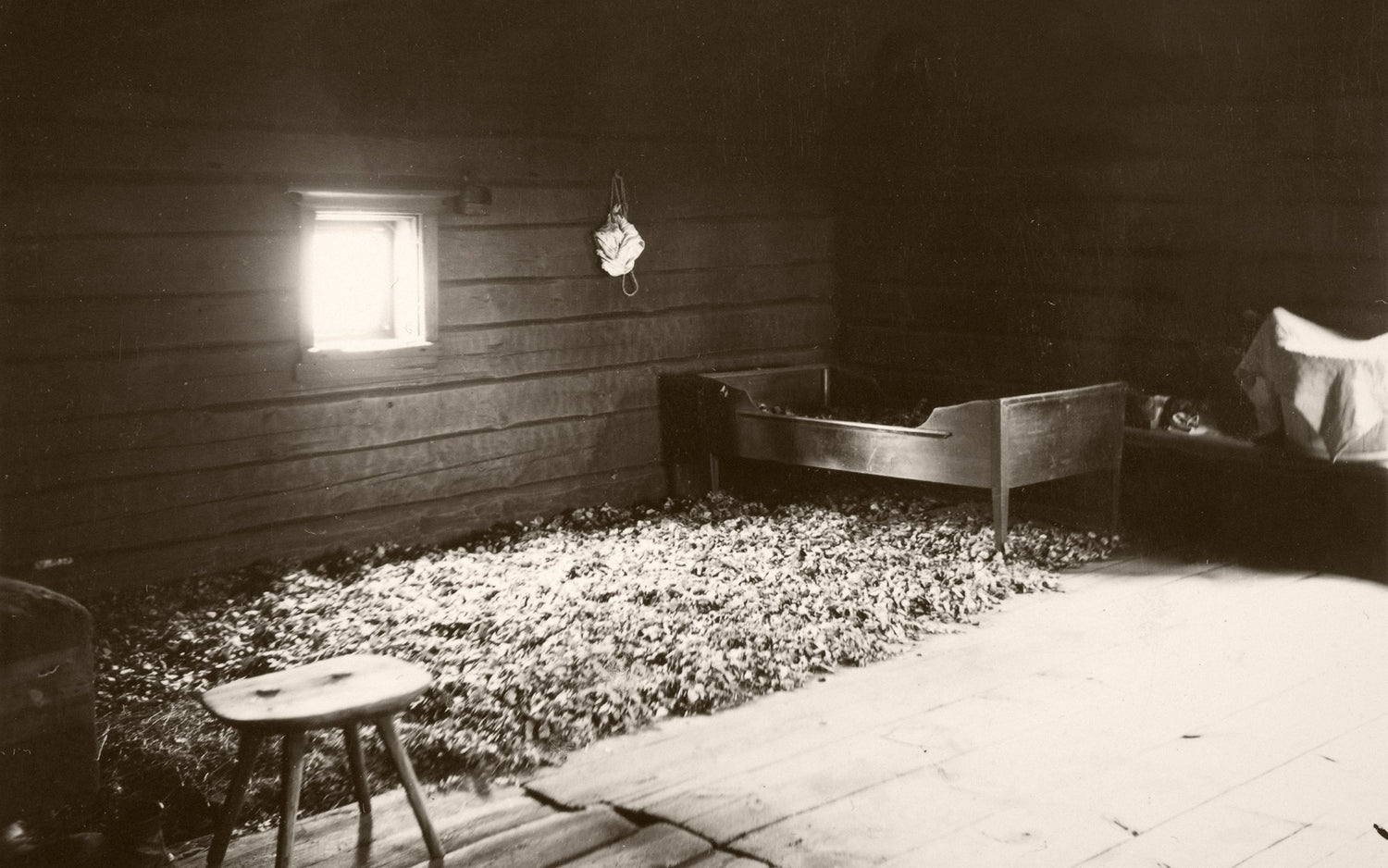
Life is learning
“Our ancestors had an innate sense of practical aesthetics and were forced to live side by side with nature, whether they wanted to or not. The use of materials was developed to its top and the next generation improved on the innovations of the previous one. Can a designer learn from this?”

